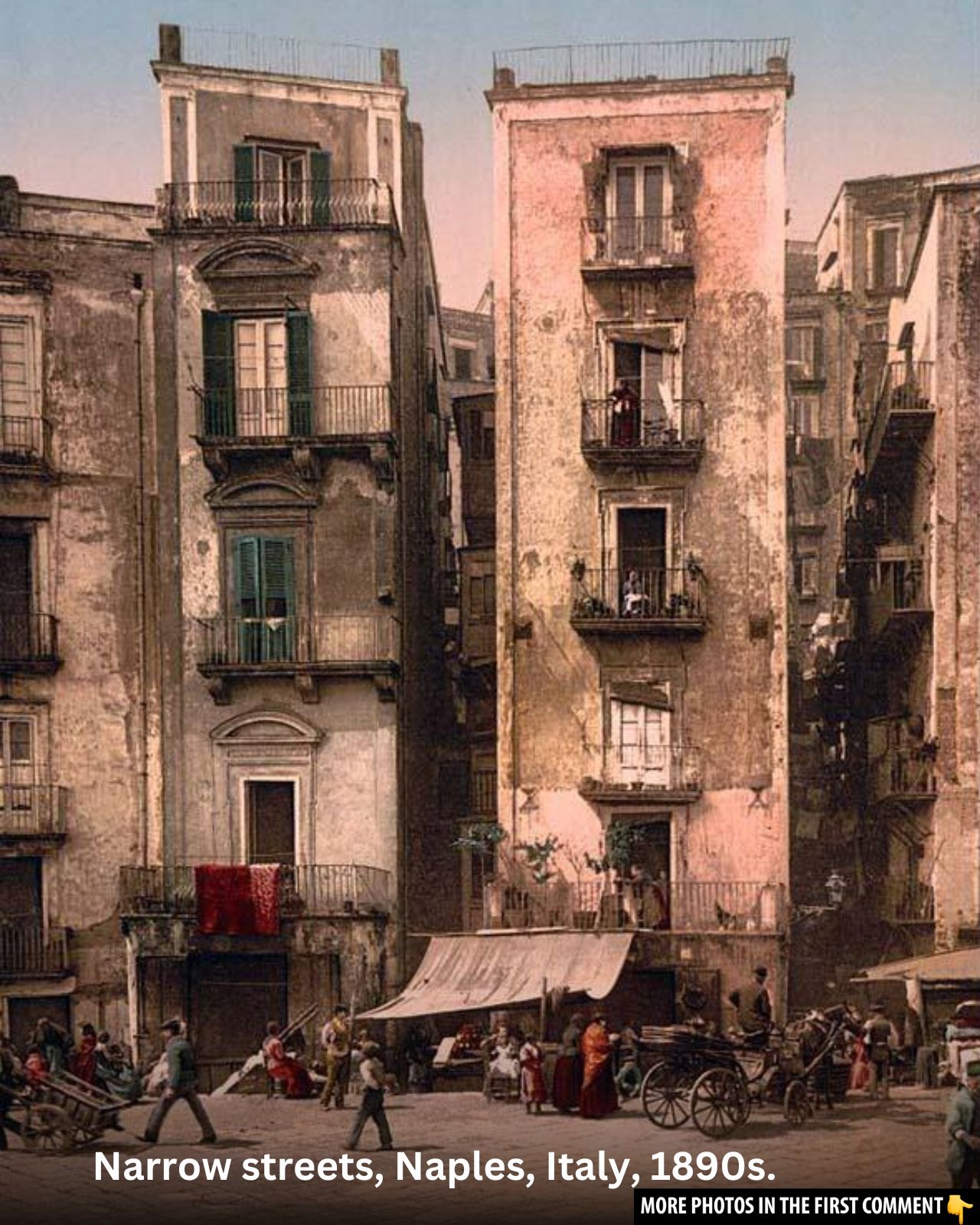Rome, the Eternal City, has always been a place where ancient history meets modern life. But in the late 19th century, as the city began to embrace the changing tides of the modern world, it also retained its glorious past. Through a collection of vivid color photographs from the 1890s, we can now take a glimpse into a Rome that both echoes with the grandeur of antiquity and shows the early signs of the world we live in today. These historical images, captured using the innovative Photochrom process, provide a window into the life and landscape of a city that has enchanted generations of visitors.
The Eternal City: Ancient Landmarks and Everyday Life
The 1890s were a unique time for Rome, as it straddled the past and future. The city’s ancient landmarks, such as the Coliseum, the Roman Forum, and the Pantheon, stood as testament to its glorious history. But alongside these monumental ruins were signs of modernity beginning to emerge in the form of horse-drawn carriages, cobblestone streets, and lively public spaces. The color photographs from this period capture both these elements, showing the coexistence of the old and the new.
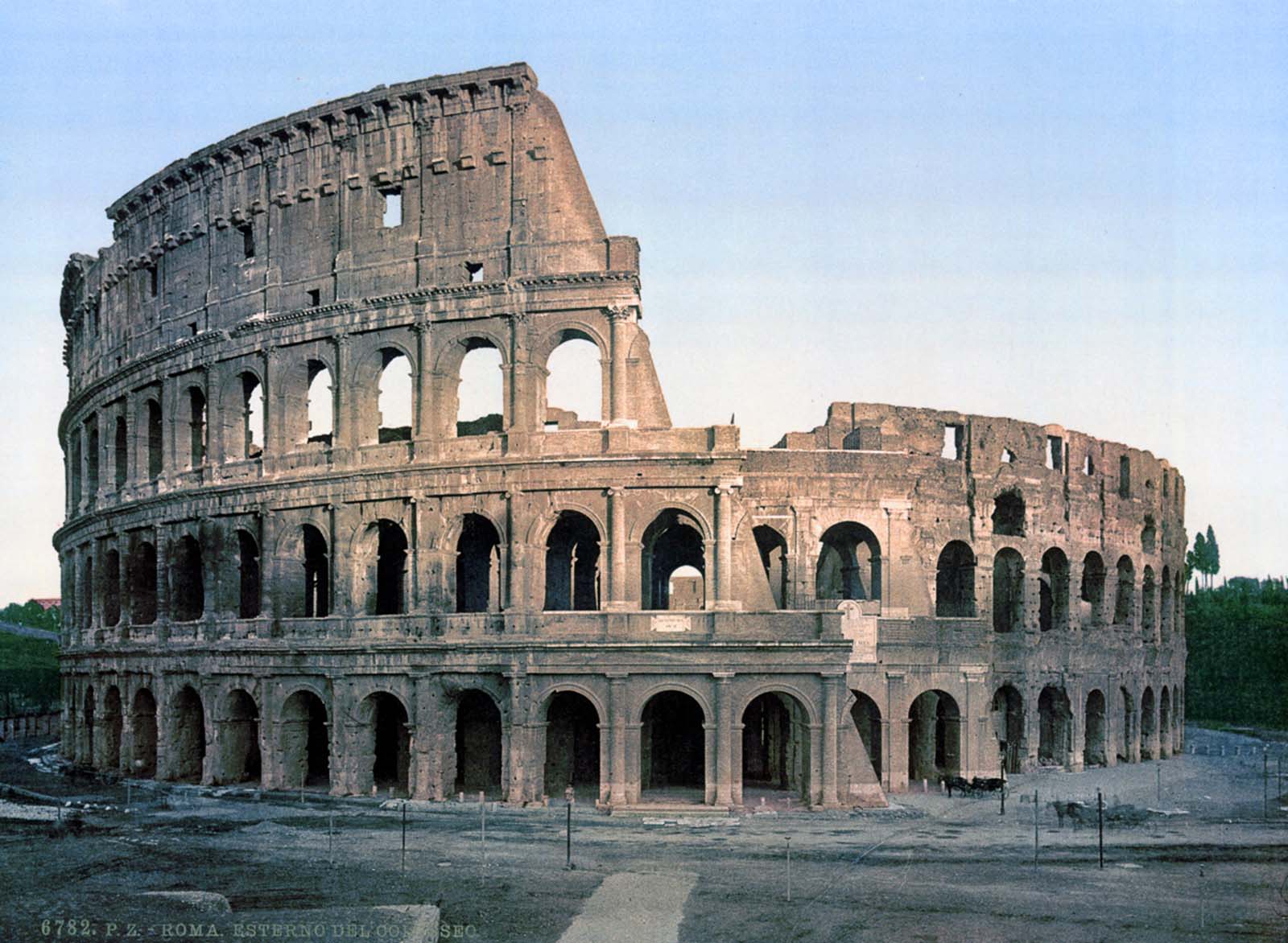
One of the most striking features of these photographs is how they depict the daily life of Romans. While the ancient ruins remain in the background, bustling street scenes show men and women going about their daily routines—walking through the cobbled streets, chatting in the town squares, and enjoying their surroundings. In particular, images of the Pantheon without the throngs of tourists we see today create an eerie calm, showing the majestic beauty of the city before it became a tourist magnet.
Video
Watch the video to see what ancient Rome looked like through cinematic animation! Don’t miss this stunning visual journey back in time.
Photochrom: A Revolutionary Process for Capturing Color
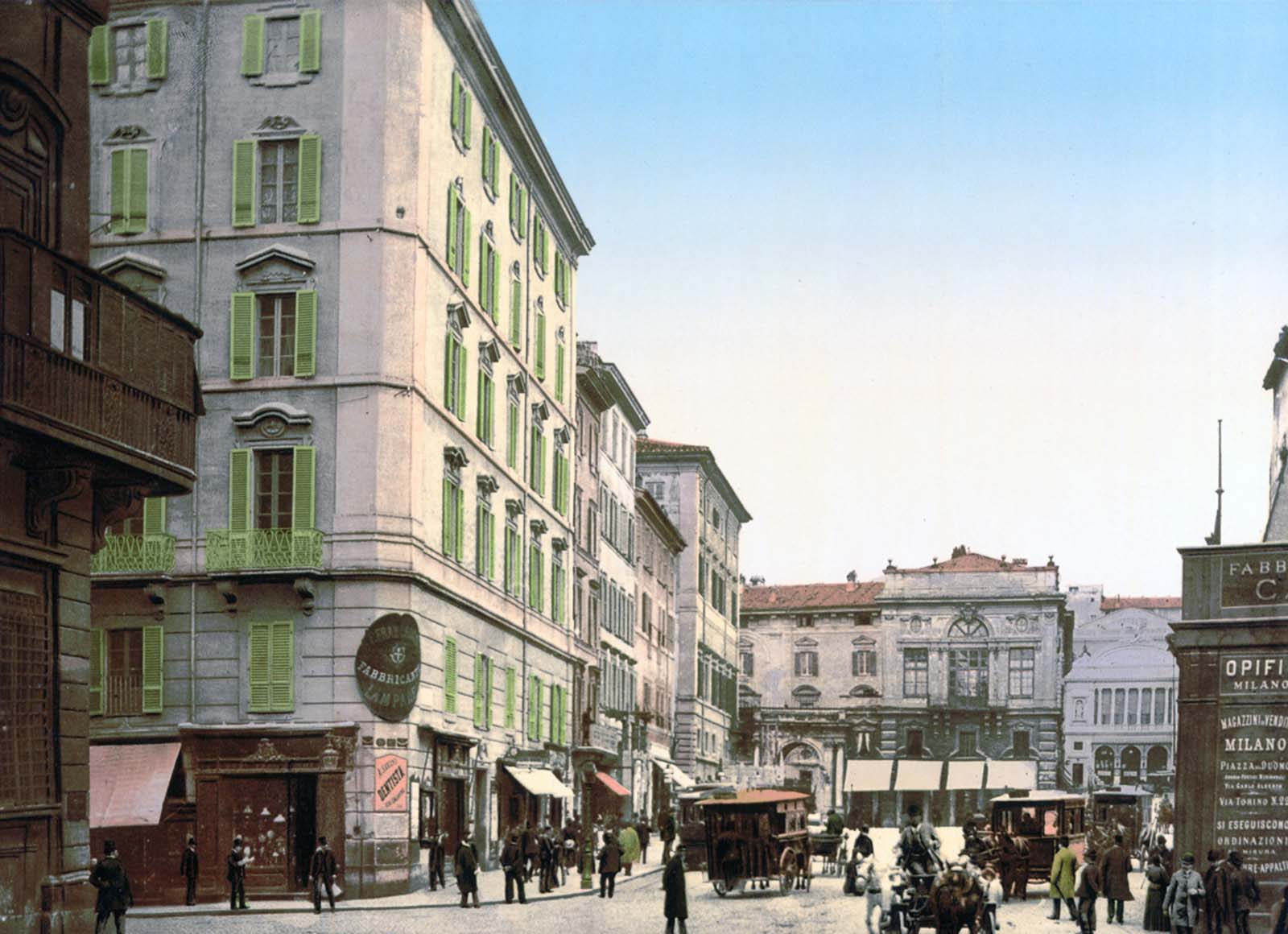
What makes these photographs particularly fascinating is the method used to create them. The Photochrom process, which was developed in the 19th century, involved adding artificial color to black-and-white photographs through ink-based photolithography. This technique was revolutionary for its time, offering a way to bring color to images that had previously been monochrome.
Although the color may appear somewhat muted compared to modern color photography, the results were striking for their precision and artistry. By carefully adding layers of color to black-and-white photographs, the Photochrom process helped to preserve the details of the scene while imbuing the images with the vibrancy that is often associated with color photography today. These images provide a unique glimpse of what it must have felt like to walk through the streets of Rome in the 1890s—immersing us in the atmosphere of the time in a way that black-and-white photos cannot.
Rome’s Fascination: From Renaissance to the 19th Century
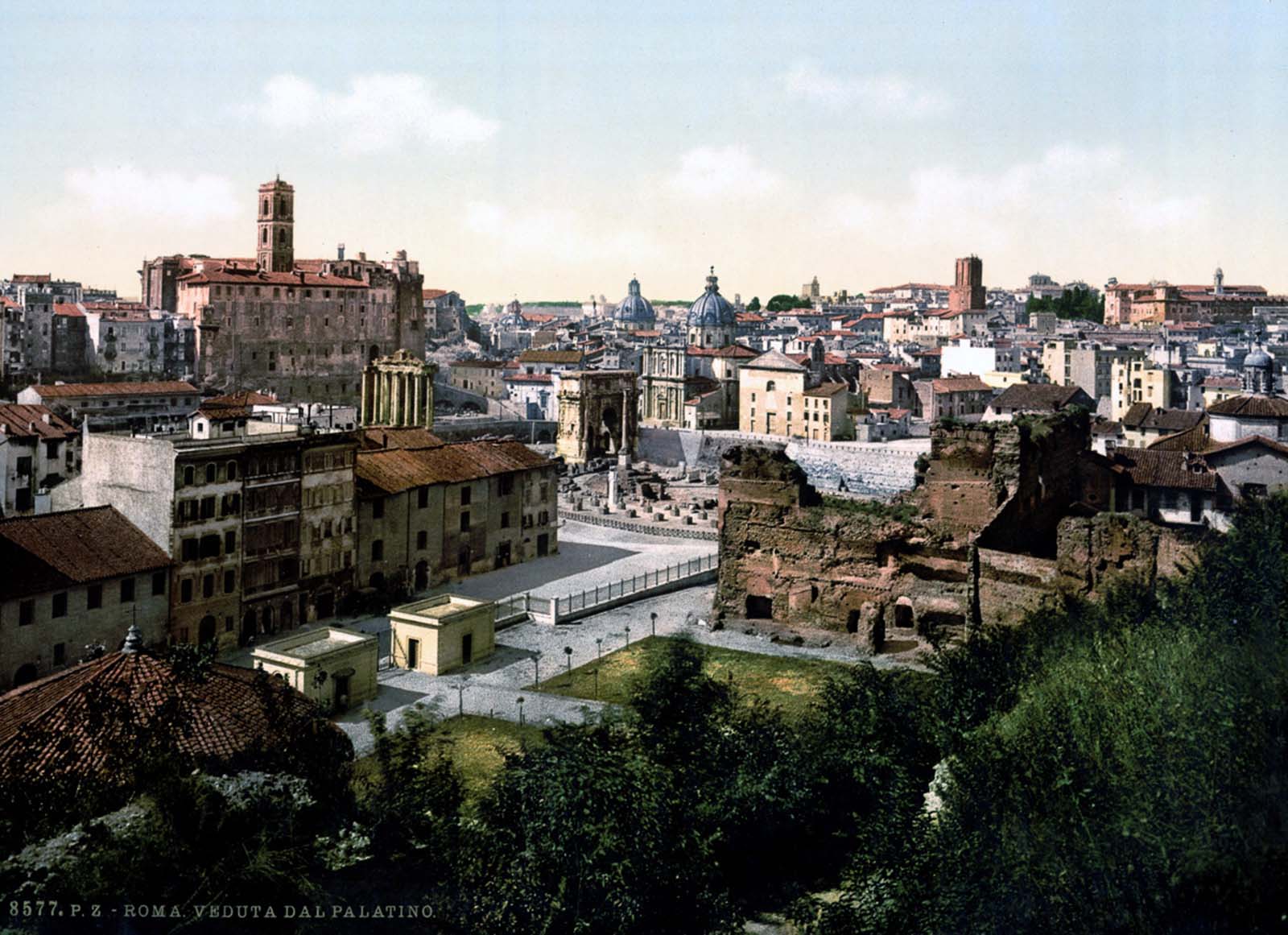
Rome’s allure didn’t begin in the 19th century. The city has always been a beacon for artists, historians, and intellectuals. Beginning with the Renaissance, and later through the Baroque period, the city was home to many of the greatest artists, architects, and thinkers in history. Under the papacy, the city became a hub for architectural and cultural advancements, with numerous works being commissioned to make Rome the artistic heart of the world.
In the 19th century, the city’s architectural landscape continued to evolve, blending classical antiquity with newer influences. The photographs from this time showcase this unique combination, where ruins from the Roman Empire coexist with structures influenced by Renaissance and Baroque styles. The preservation of these landmarks through the photographs allows us to better understand how Rome maintained its position as a leading cultural center while still honoring its storied past.
Architectural Splendor: Exploring Rome’s Majestic Squares and Landmarks
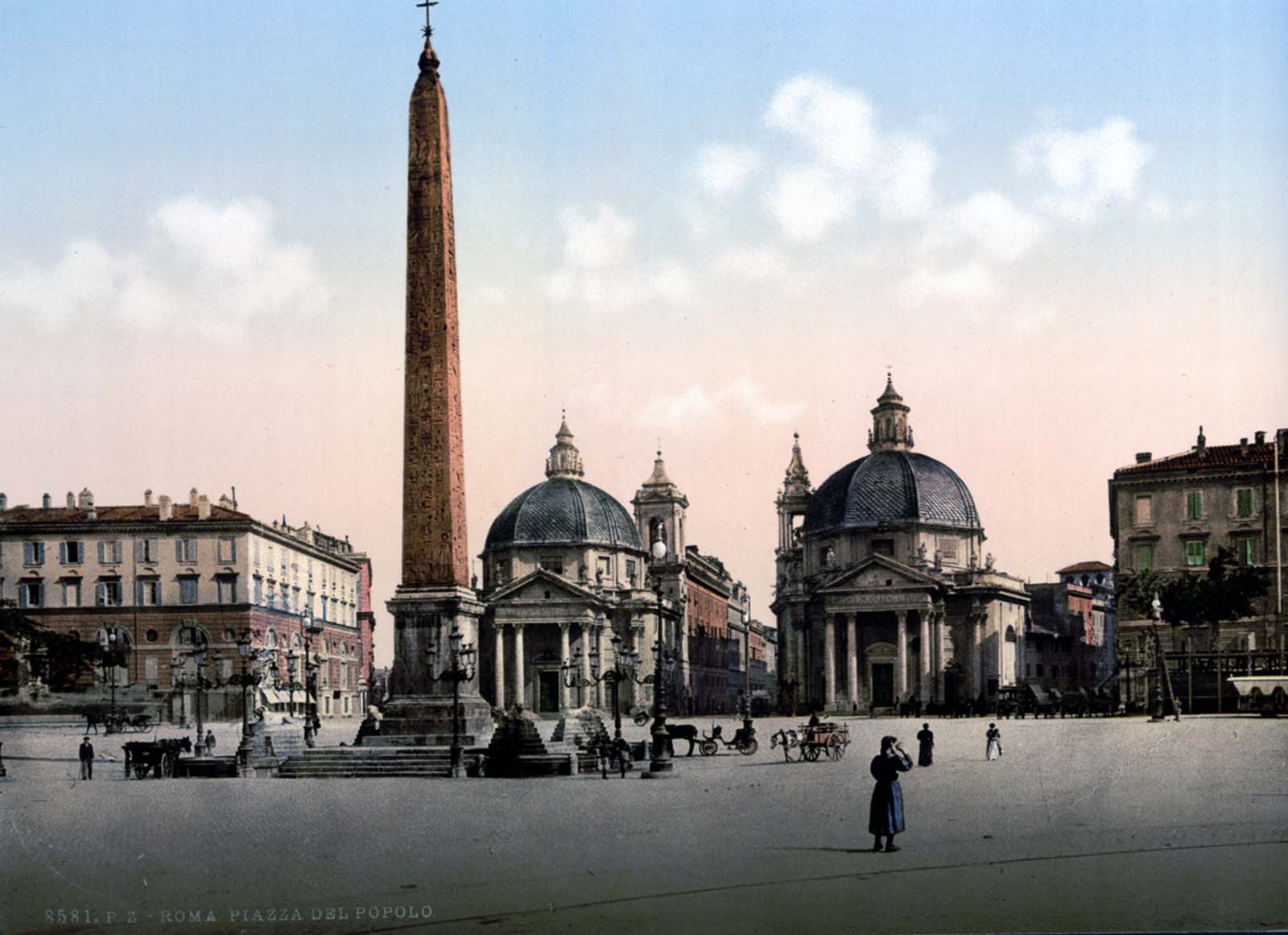
Among the most breathtaking aspects of these 1890s photographs are the depictions of Rome’s majestic squares and landmarks. The Piazza di Minerva, St. Peter’s Place, and the Piazza del Popolo are shown in all their glory, free from the modern-day crowds that now fill these spaces. These photographs allow us to imagine the serenity that must have once existed in these iconic spots.
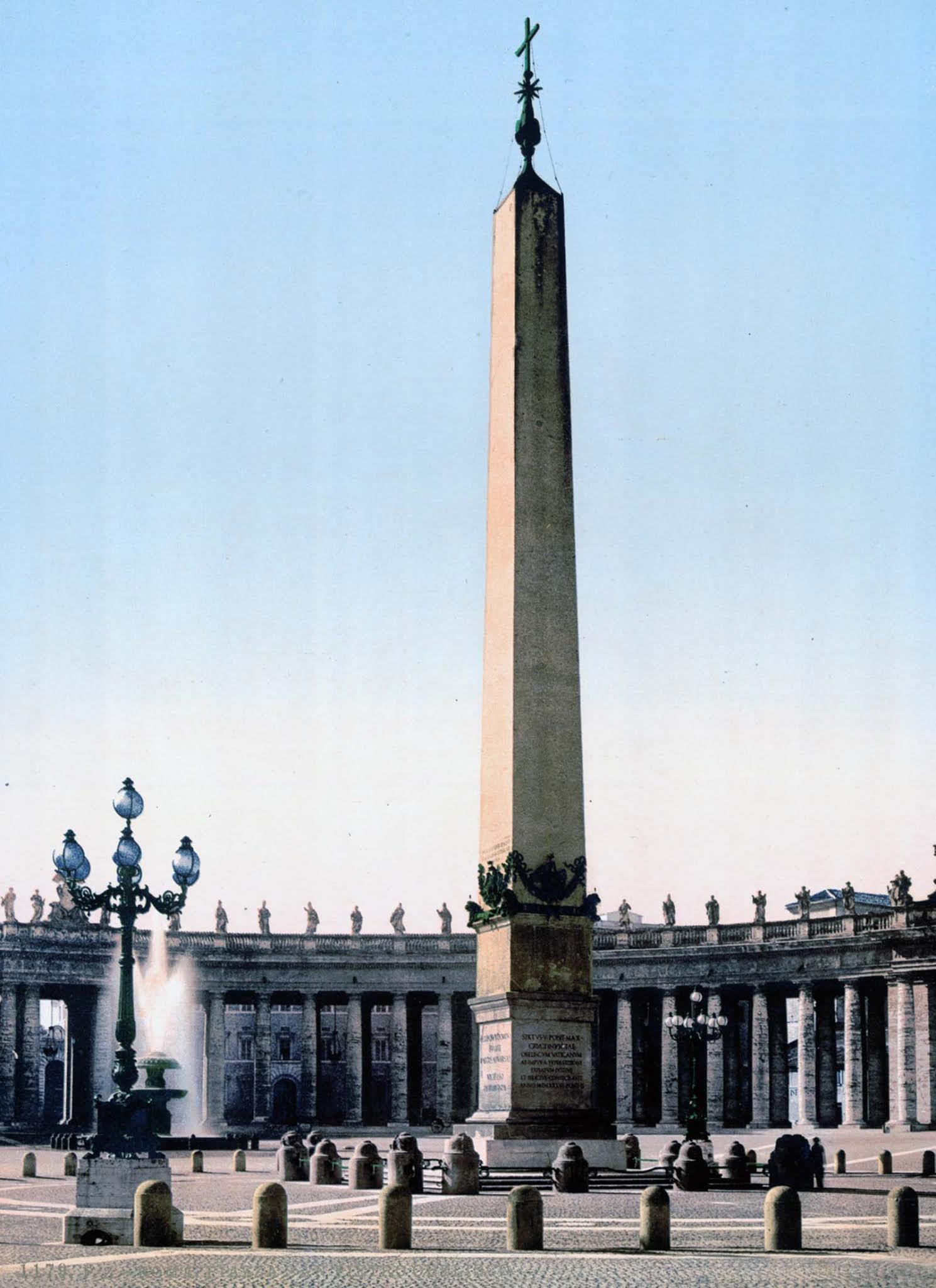
One particularly captivating photo shows St. Peter’s Square, where the grand colonnades and towering obelisk stand proud, framed by a clear sky. These architectural masterpieces were not just important symbols of the Church but also of Rome’s grand history, highlighting its influence in both religious and political spheres.
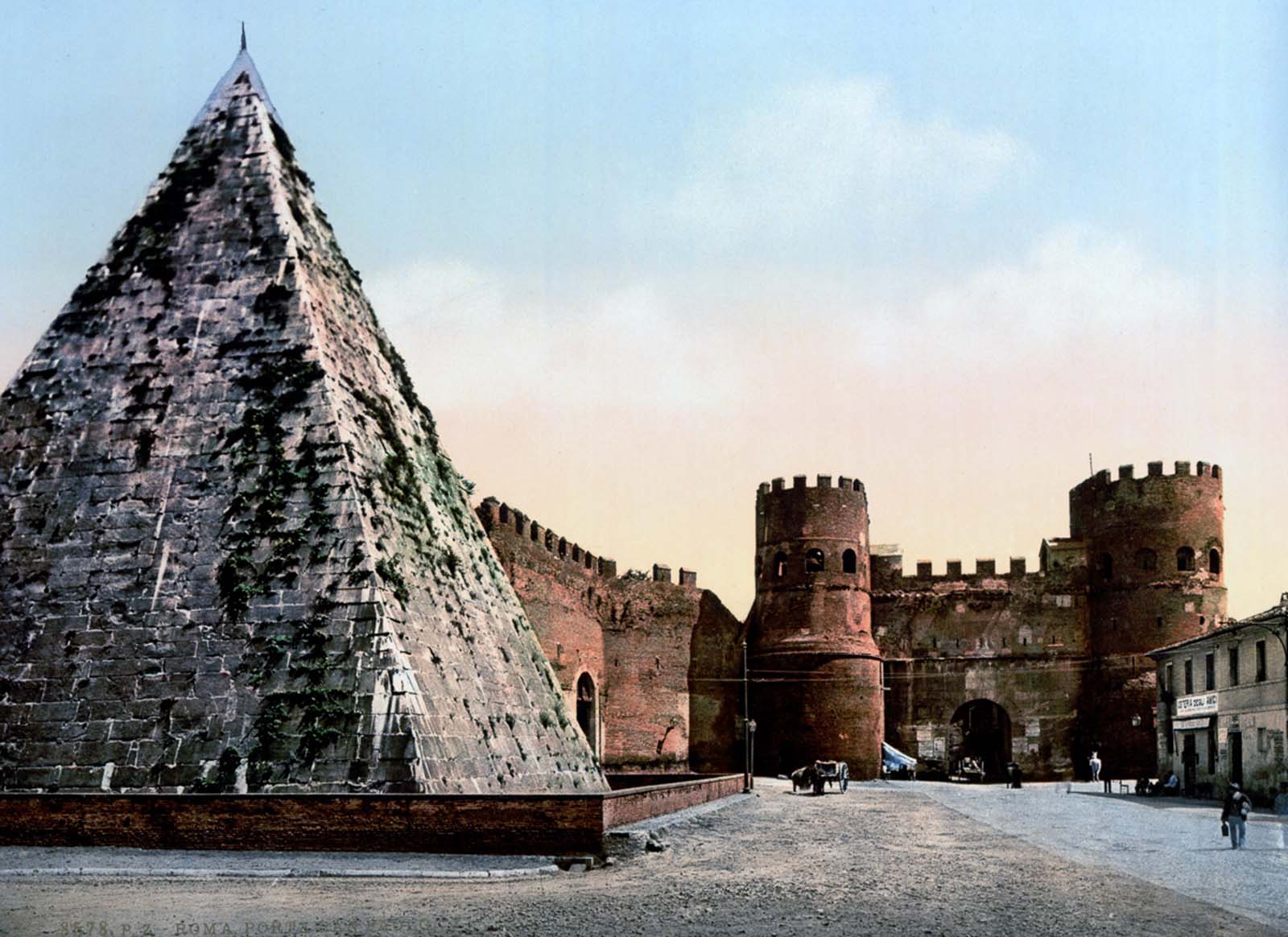
The Triumphal Arch of Titus, the Pyramid of Cestius, and views from the Palatine and the Palace of the Caesars offer stunning perspectives on Rome’s rich architectural legacy. These images are not only historical documents—they serve as reminders of the city’s ability to blend the ancient and the modern, the sacred and the everyday.
The Timeless Appeal of Ancient Rome
By the late 19th century, Rome had become a major destination for travelers, artists, and scholars from all over Europe. The city’s ancient ruins held an irresistible allure for the romantics of the time, who were fascinated by the mysteries and beauty of the past. The images from this period capture the dreamlike quality of Rome’s ancient landmarks—each column, arch, and ruin telling a story of a bygone era.
Rome was seen as an open-air museum, where people could interact with history on a personal level. Artists often came to Rome to draw and study its ruins, using them as inspiration for their own works. These photographs show not only the grandeur of the ruins but also their intimate connection to the everyday lives of the Romans. The sense of awe that these landmarks inspired is evident in the way they are framed in these color images—immense structures that stood as silent witnesses to the flow of time.
Gallery: Vibrant Color Photographs of 1890s Rome
To fully appreciate the beauty and historical value of these photographs, one must view the gallery of images that showcase Rome in the 1890s. From the hauntingly quiet Trevi Fountain to the majestic views from the Palatine Hill, the gallery provides a rare glimpse into the life and landscape of a city frozen in time.
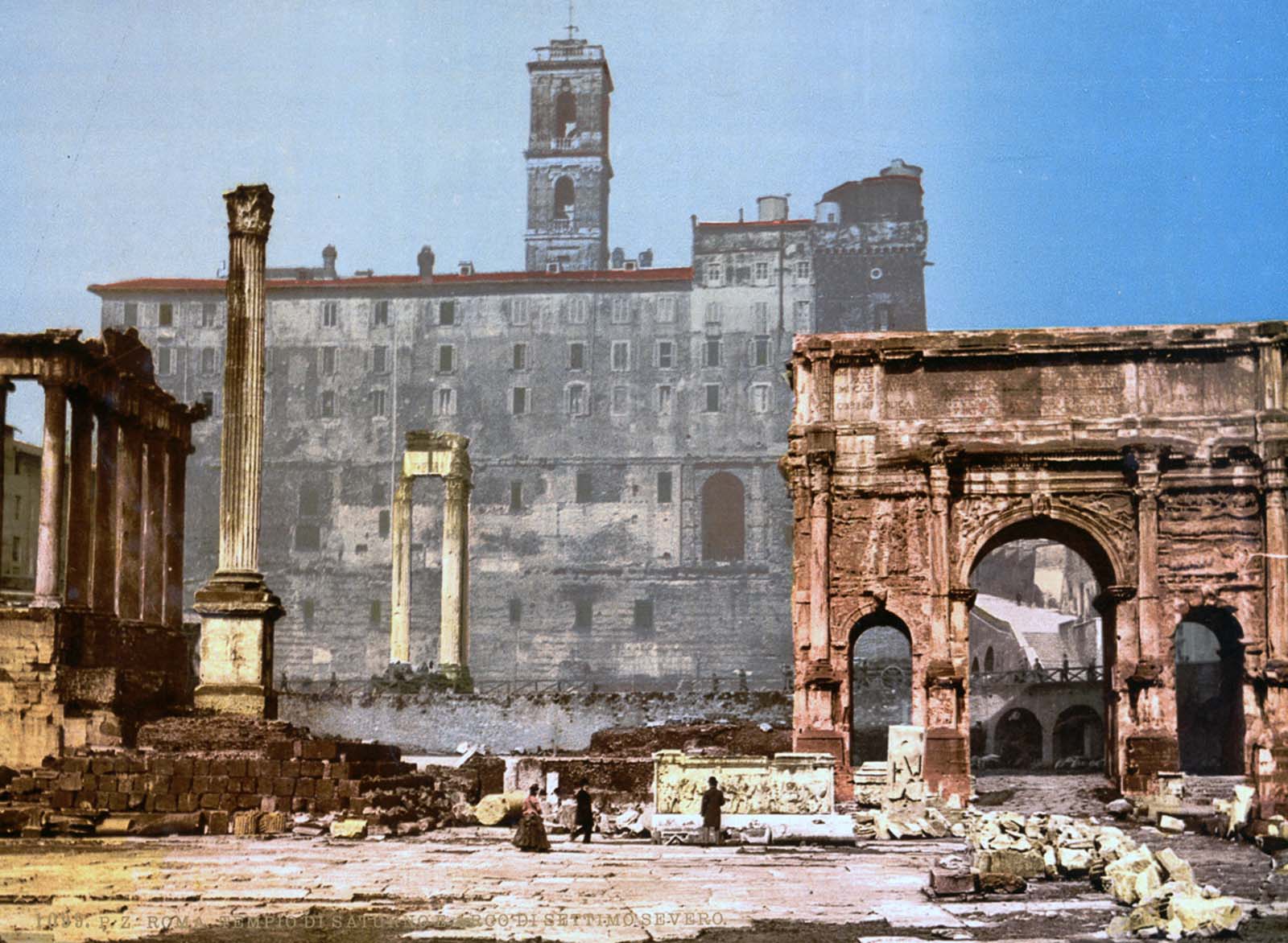
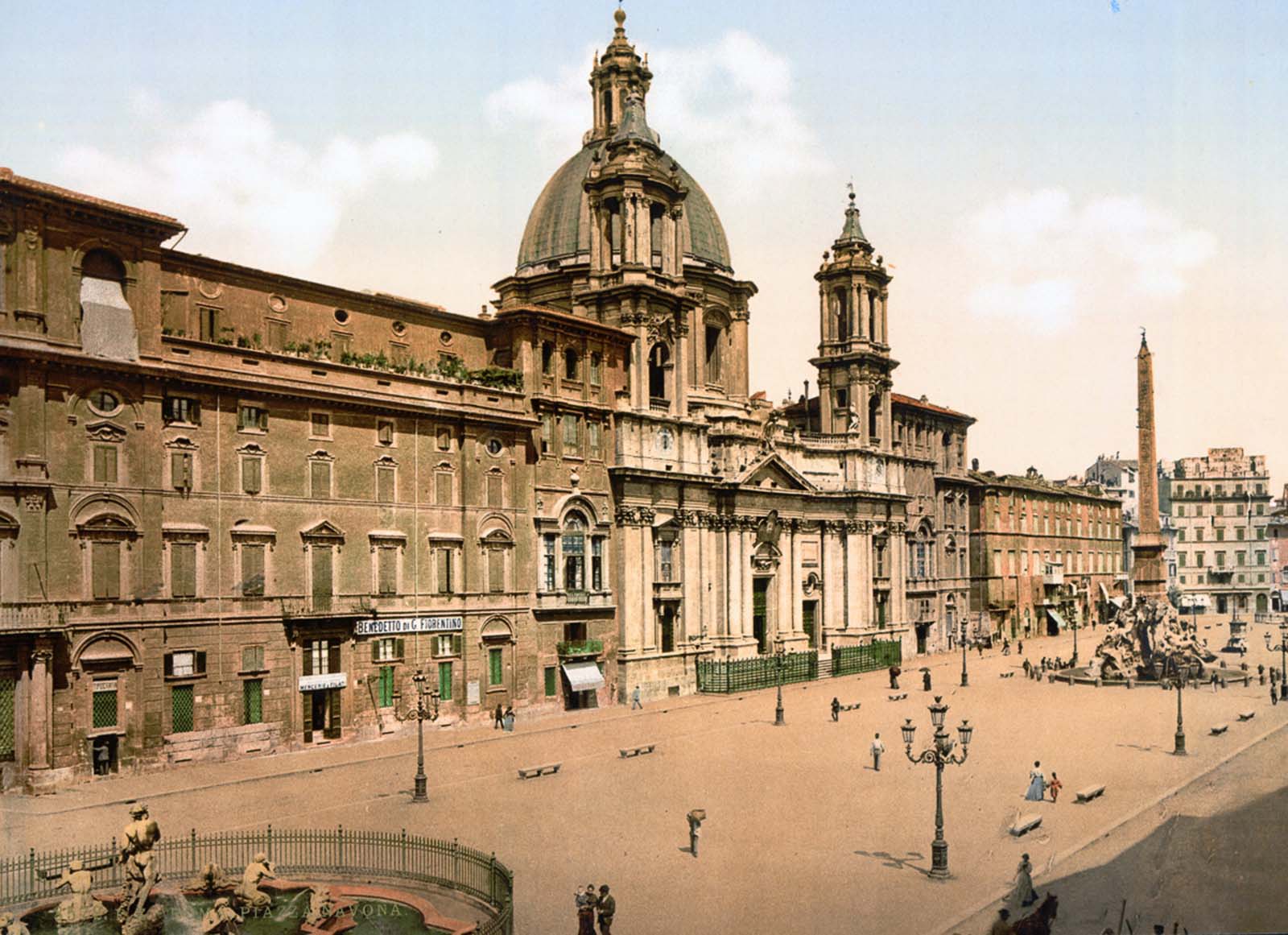
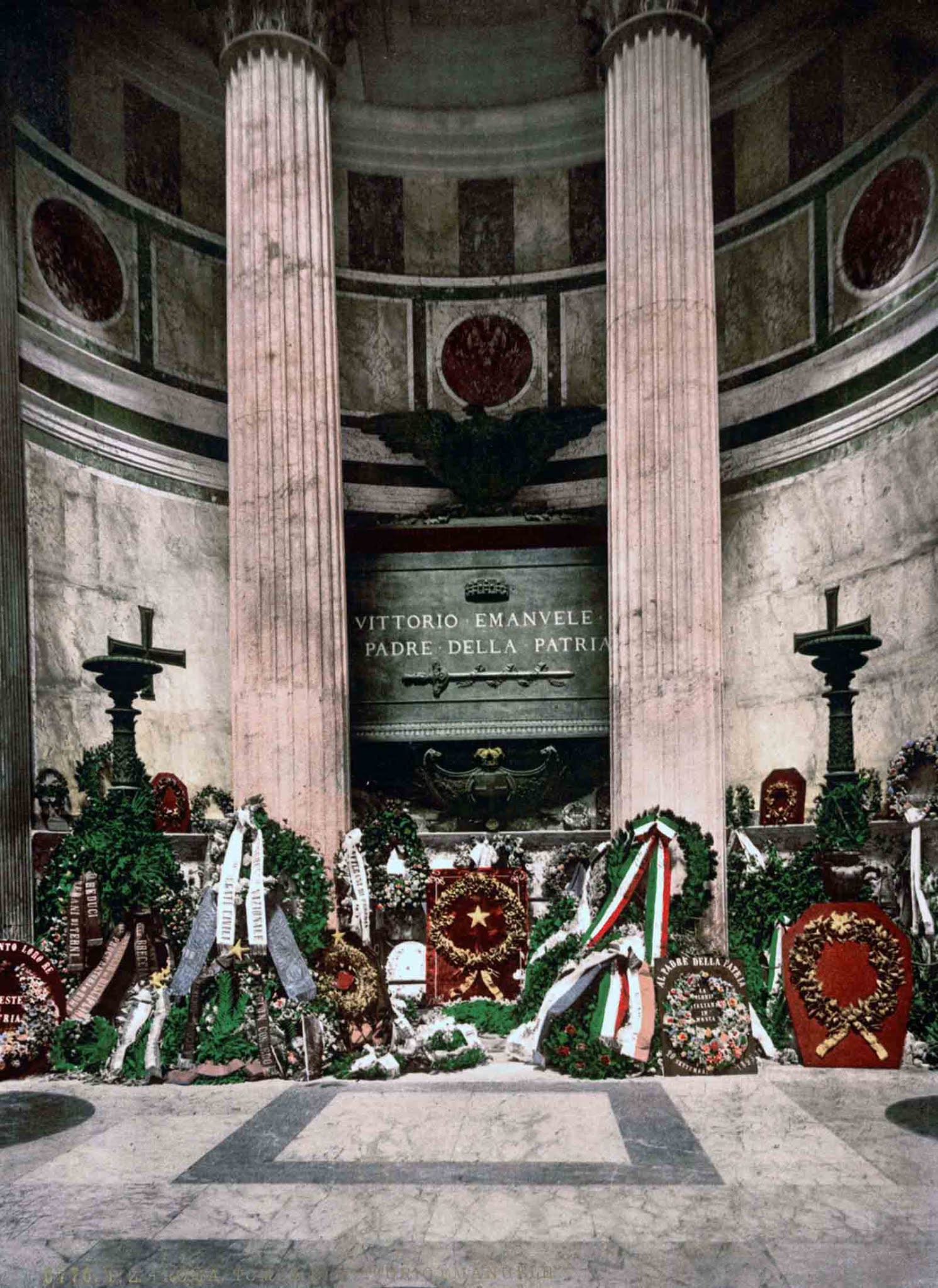
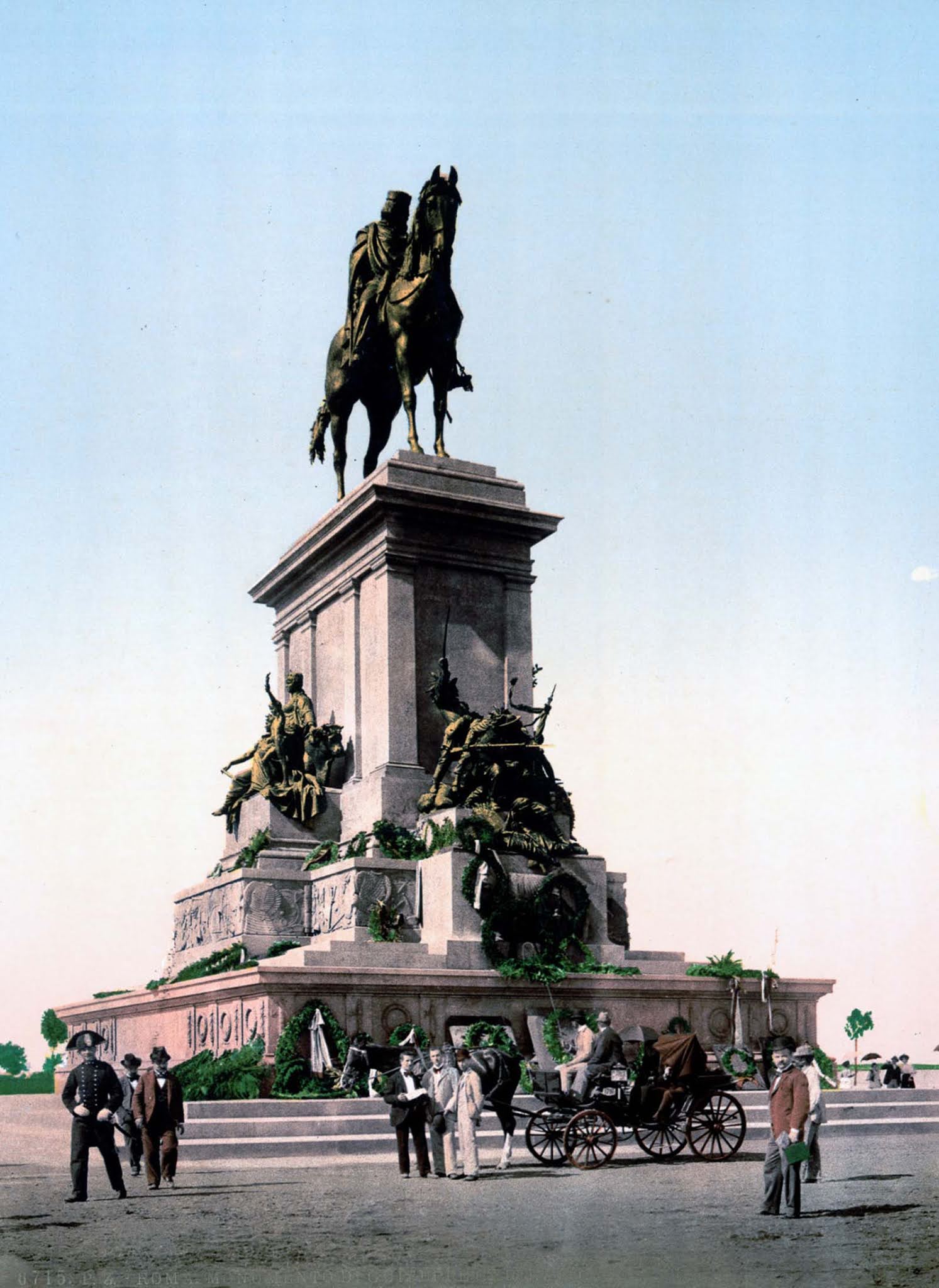
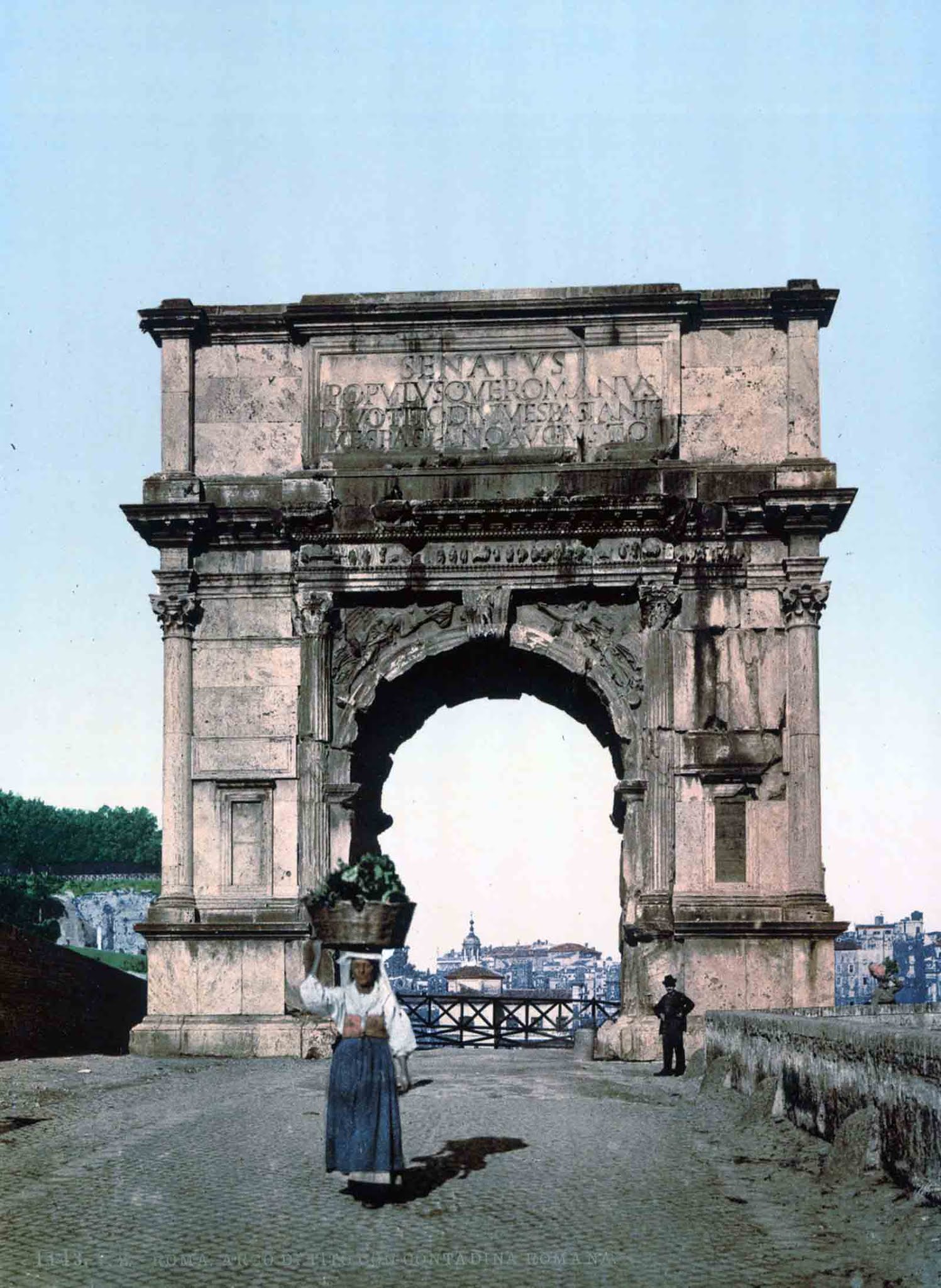
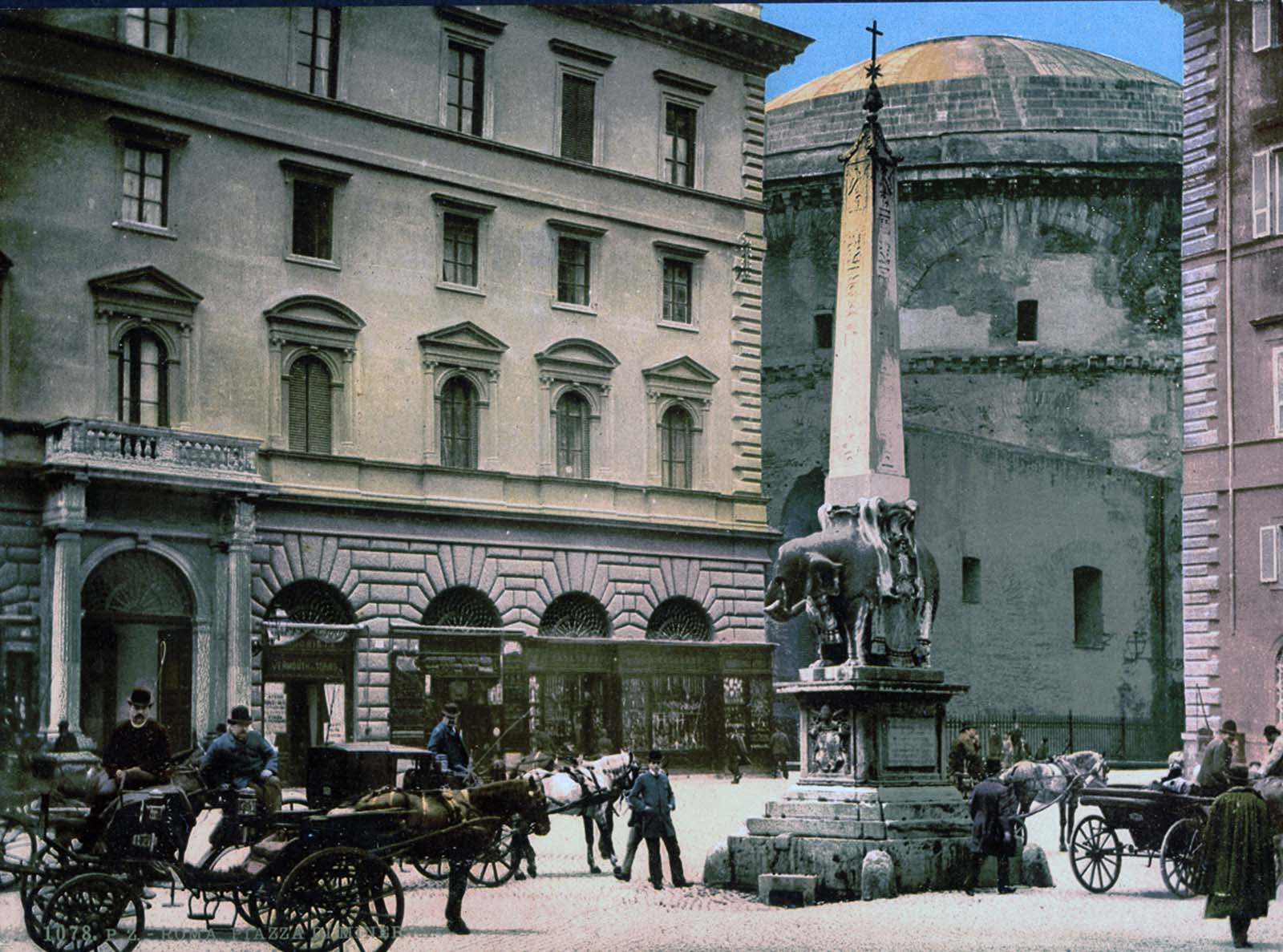
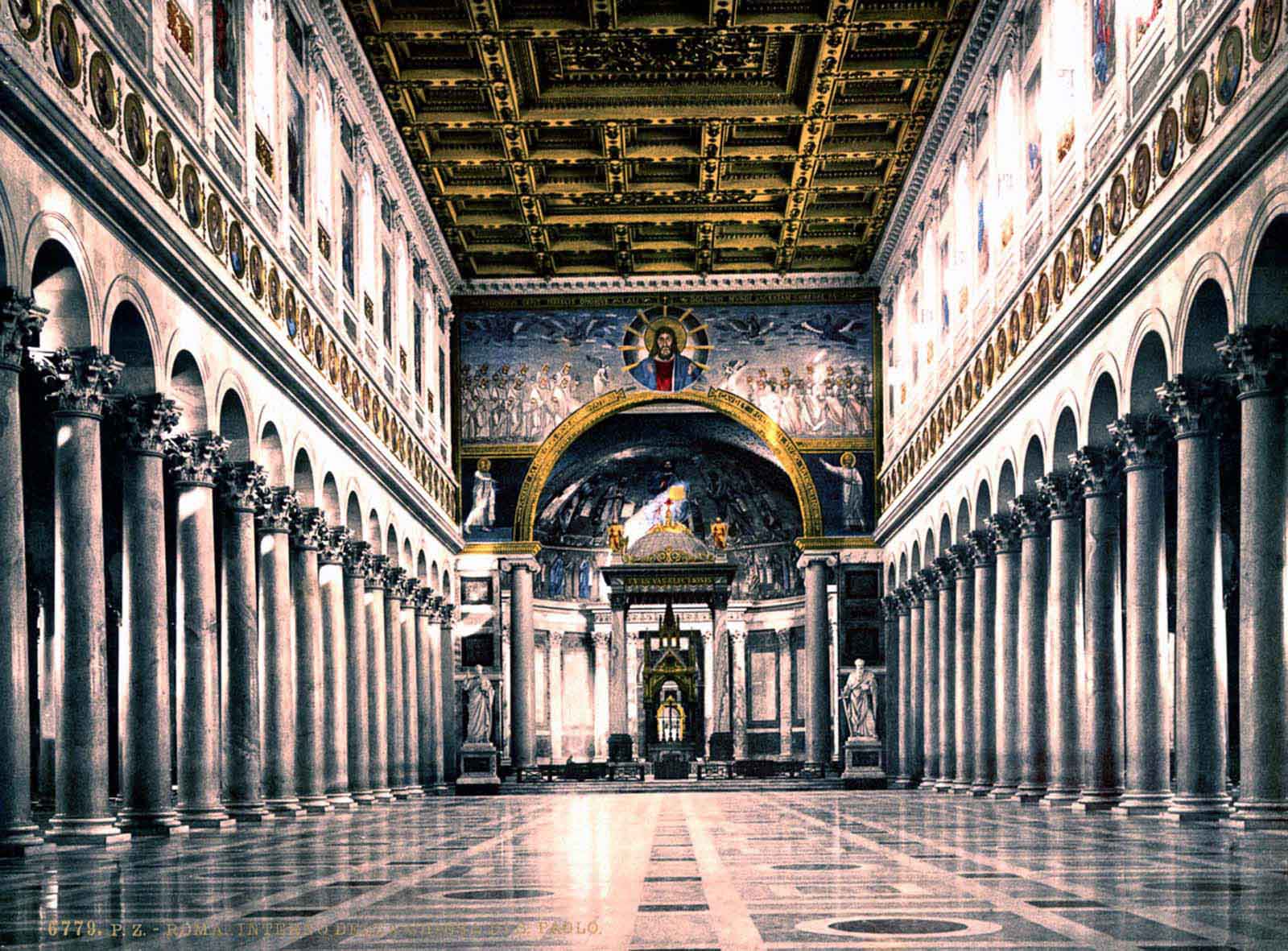
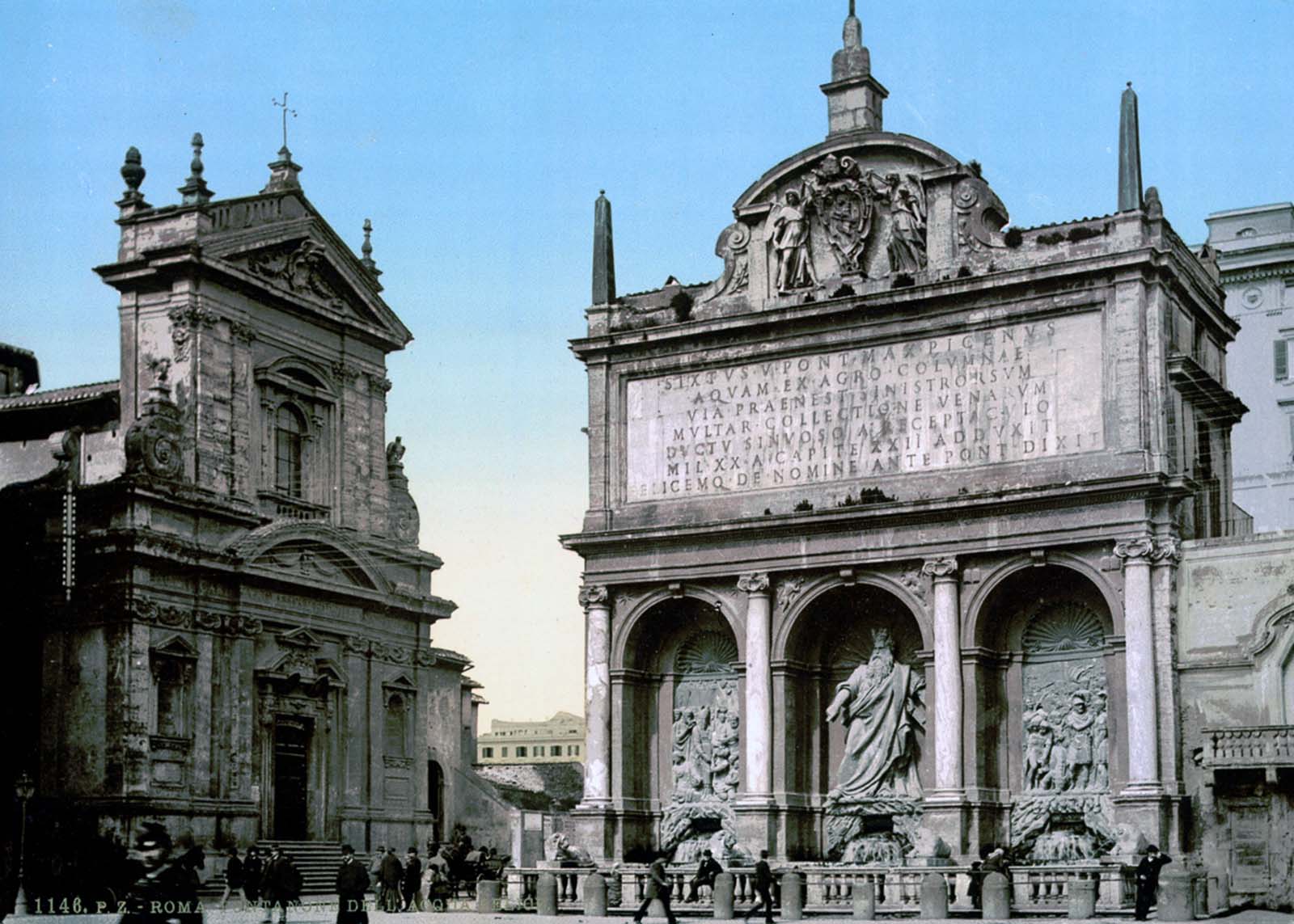

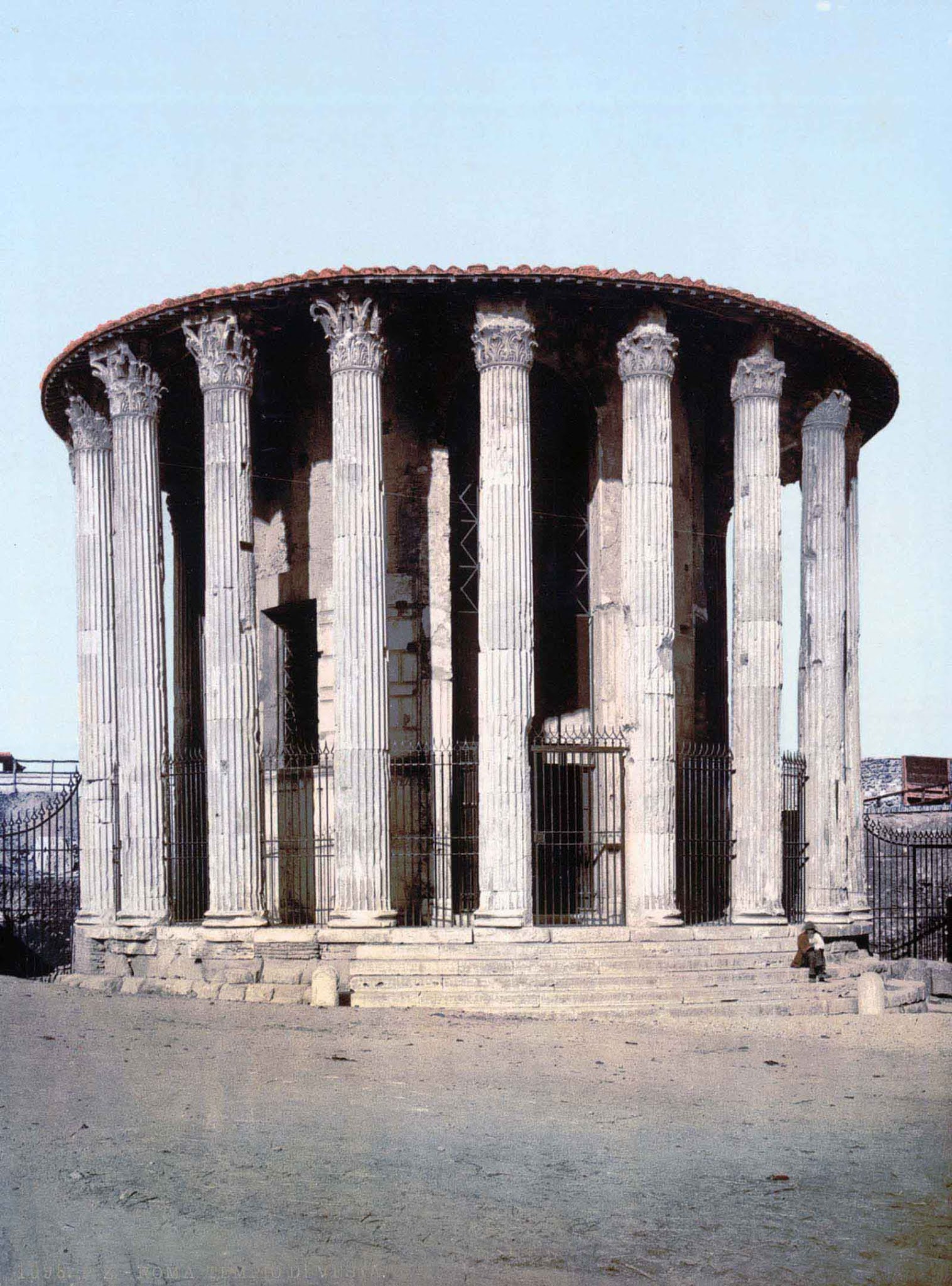
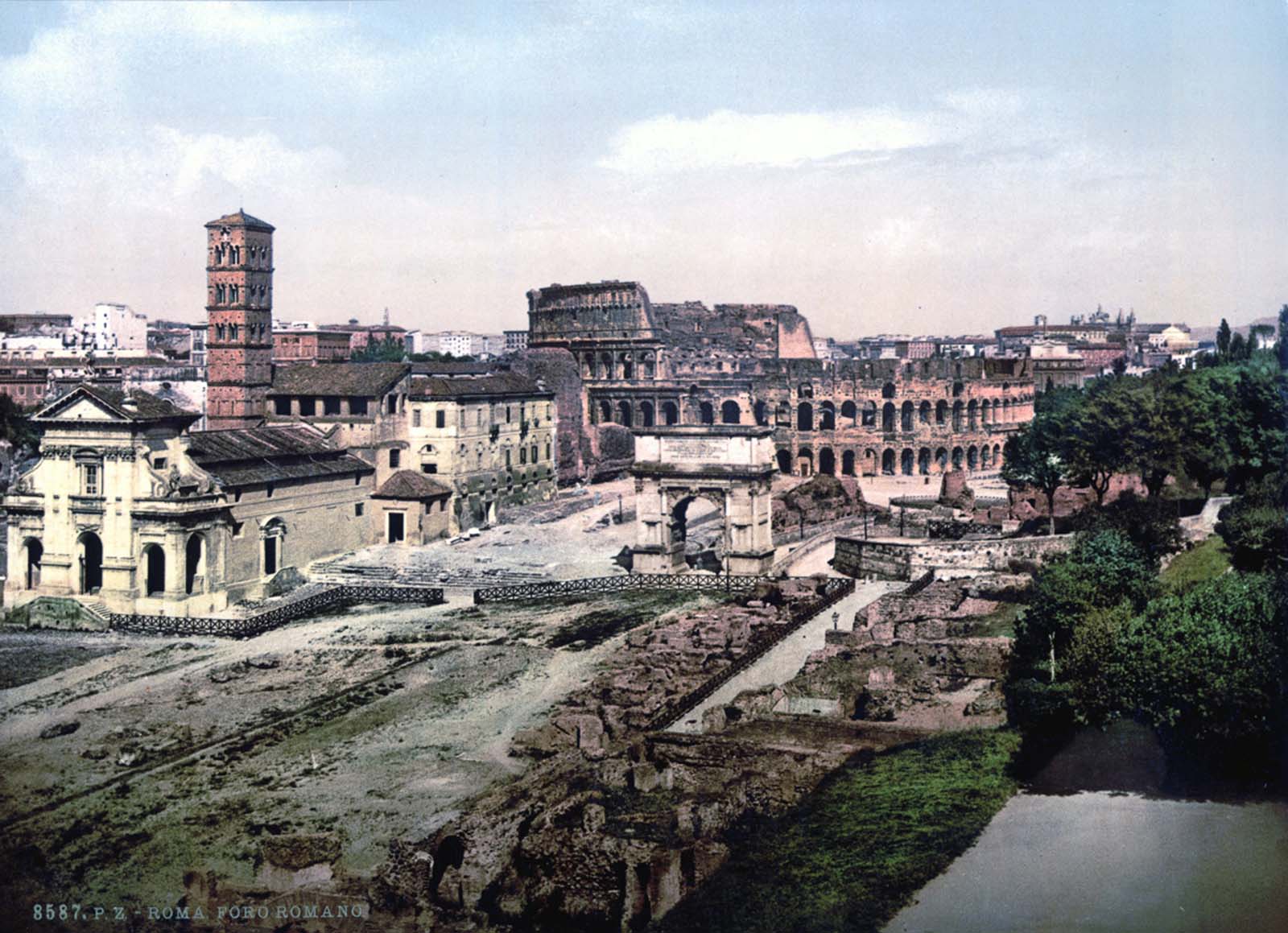
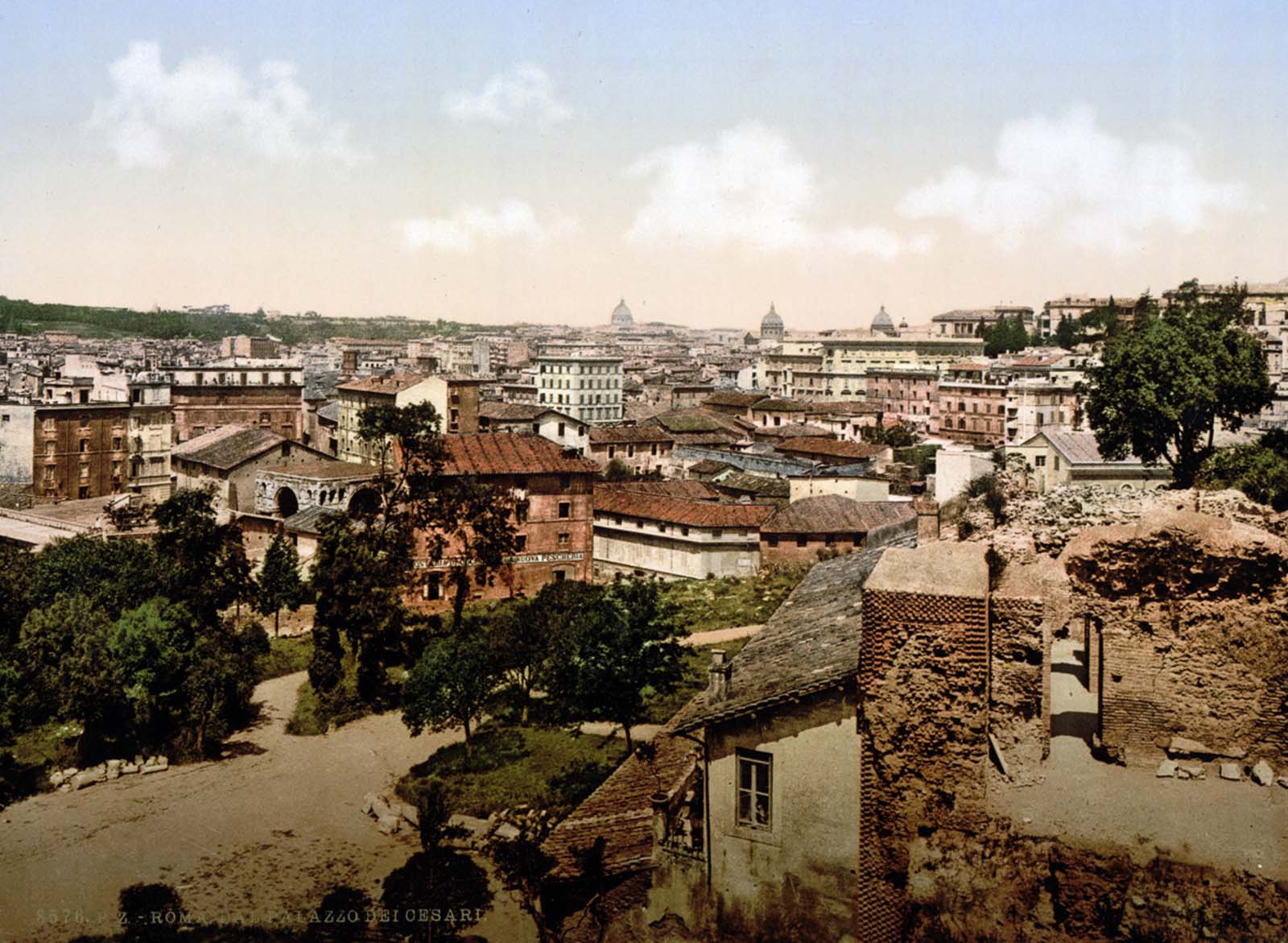
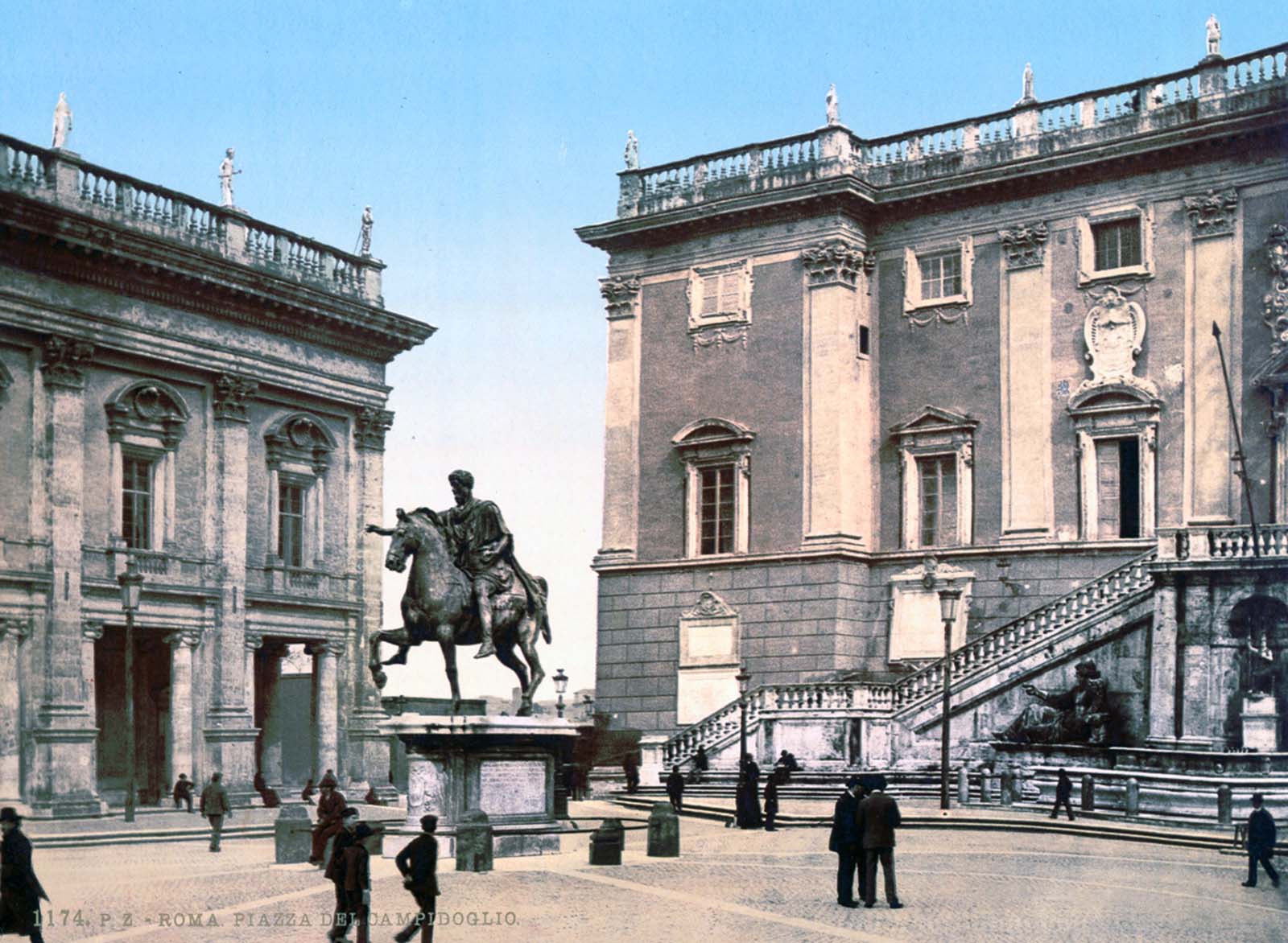
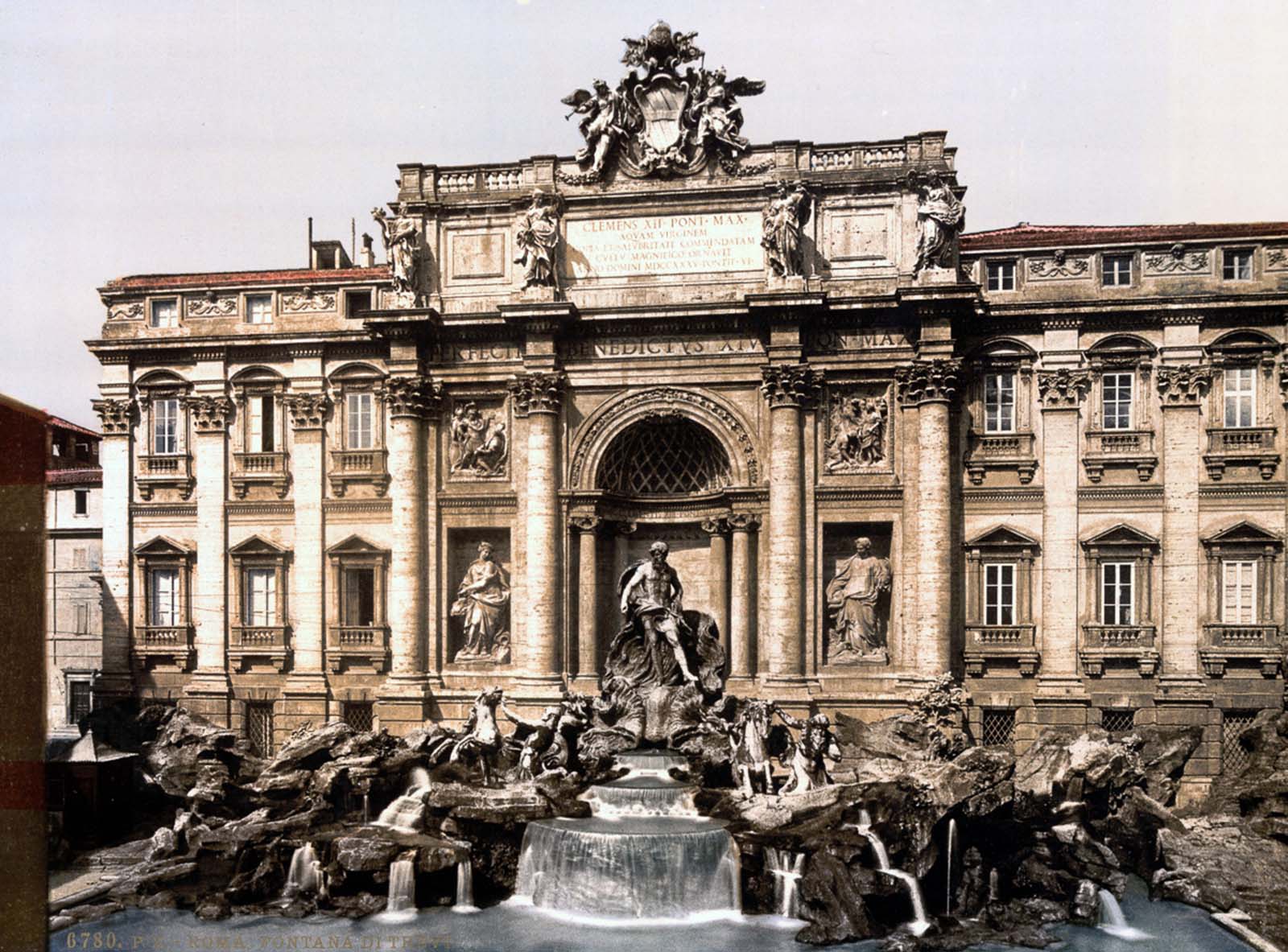
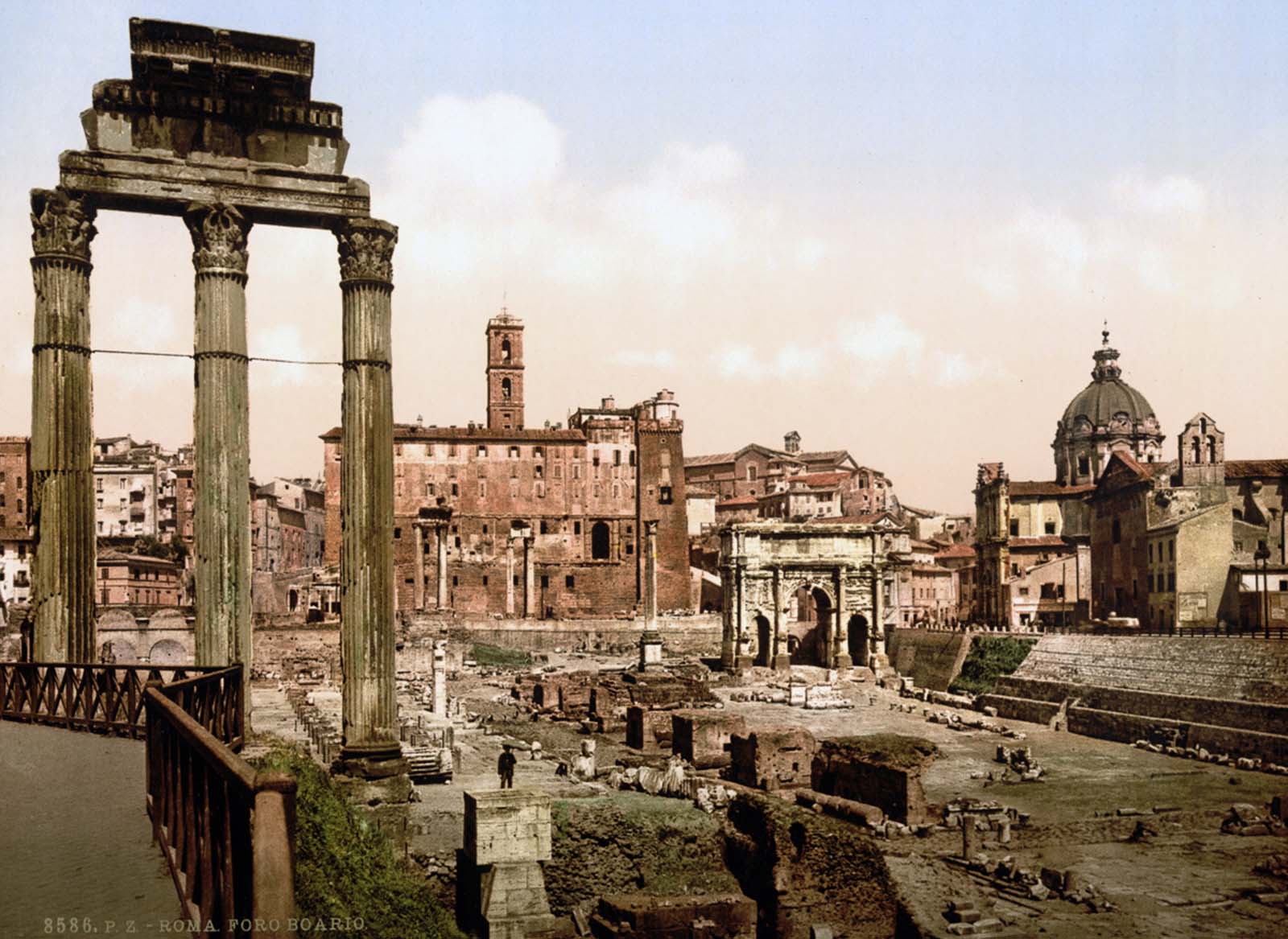
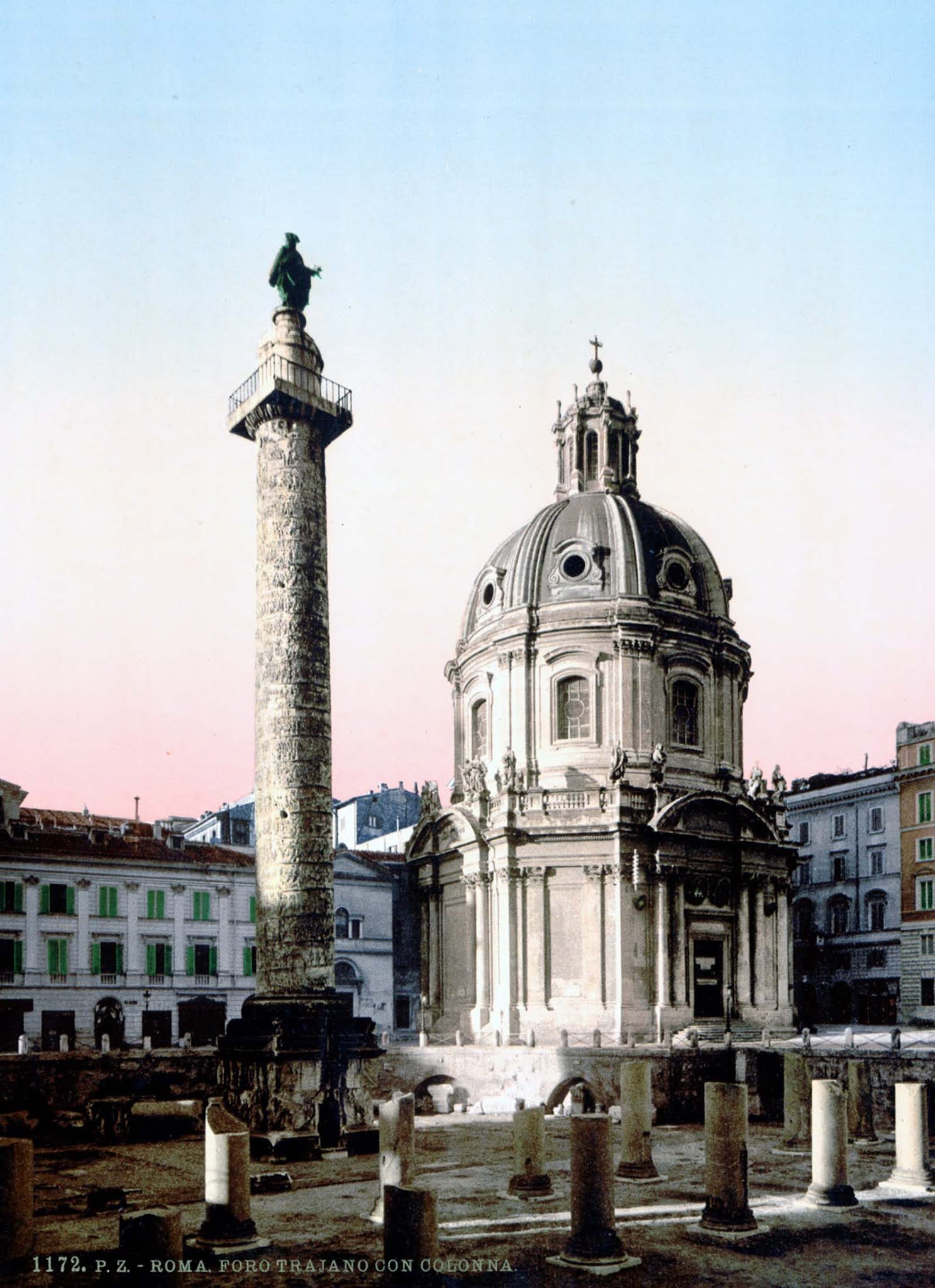
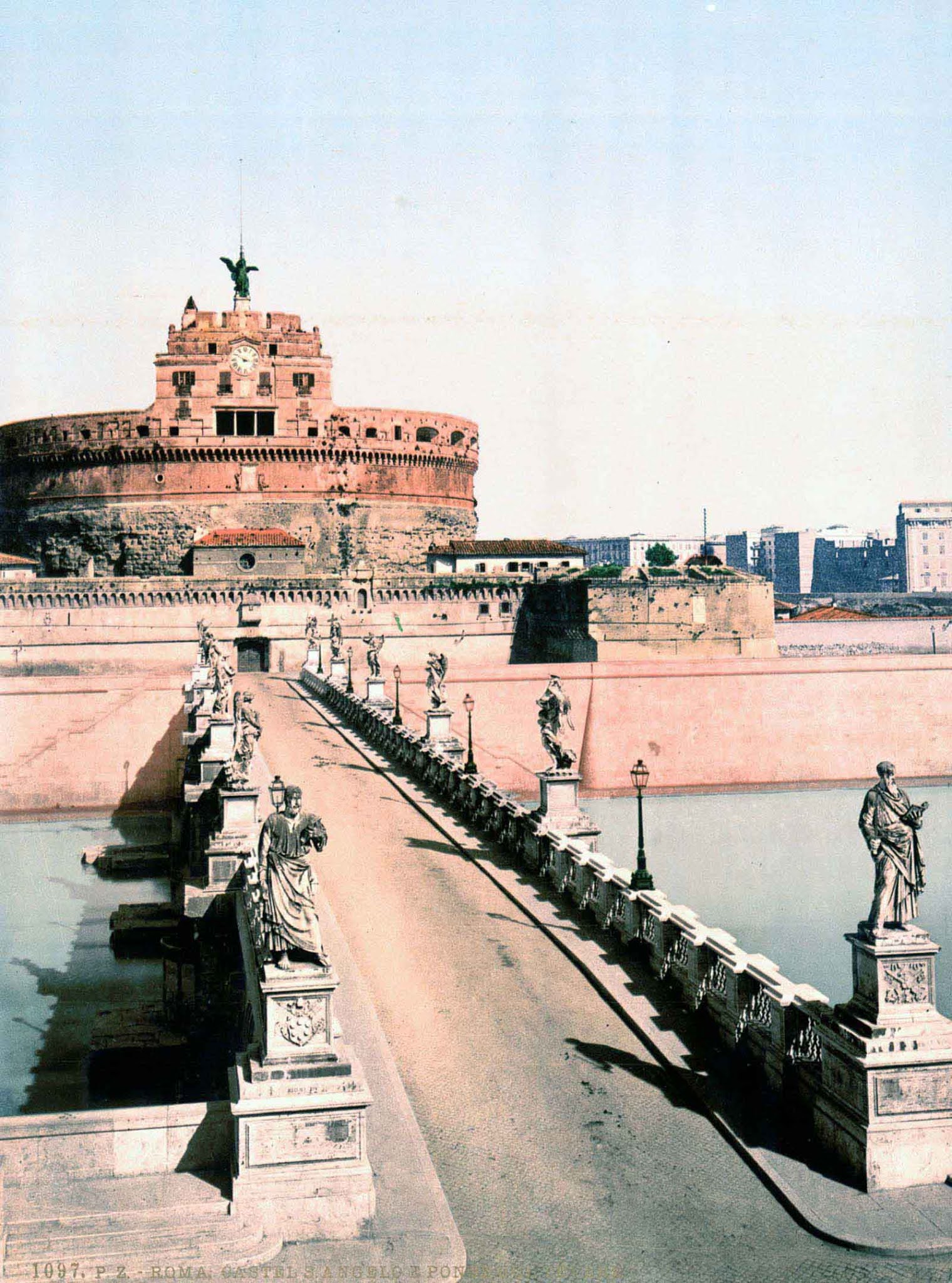
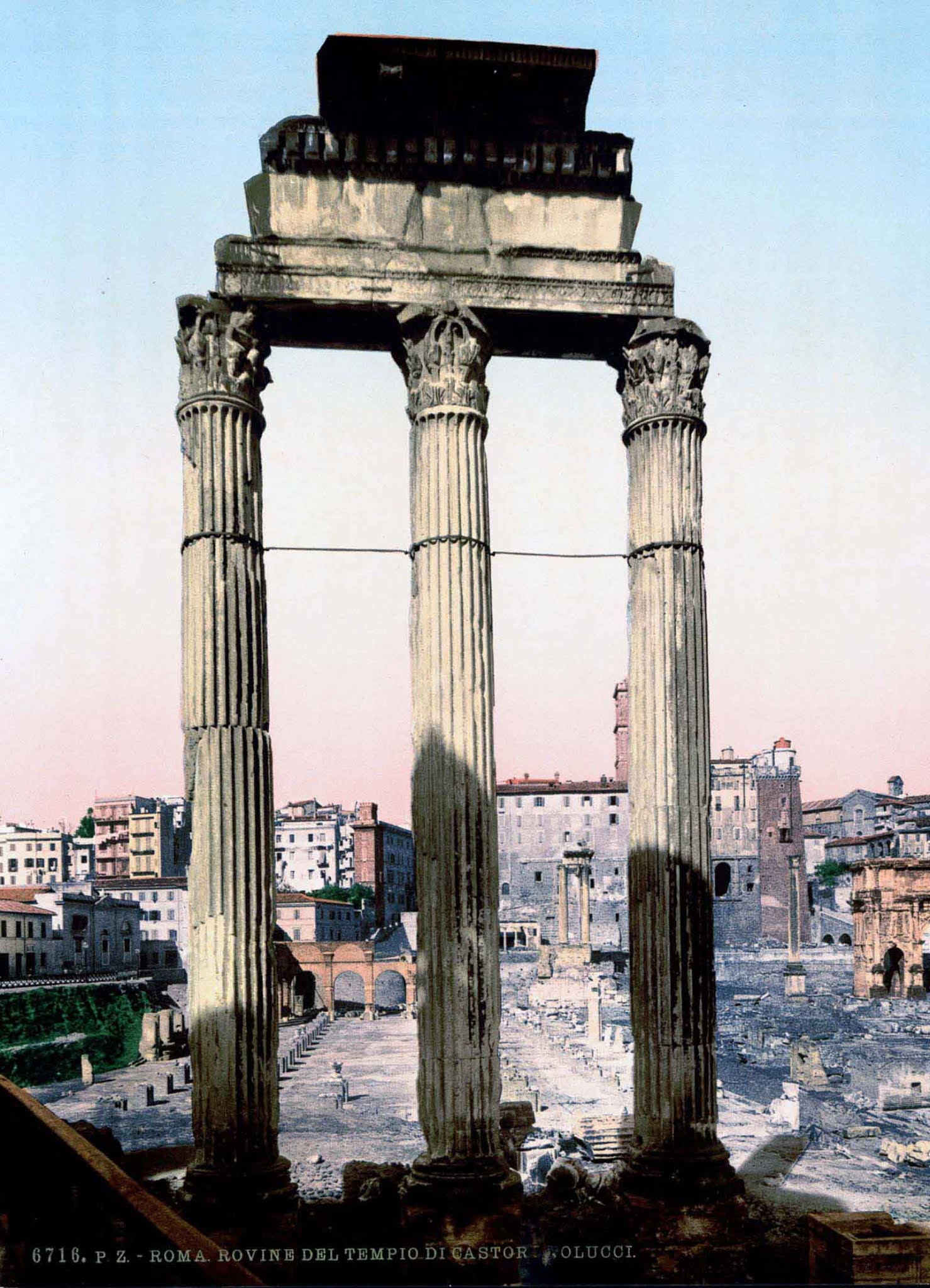
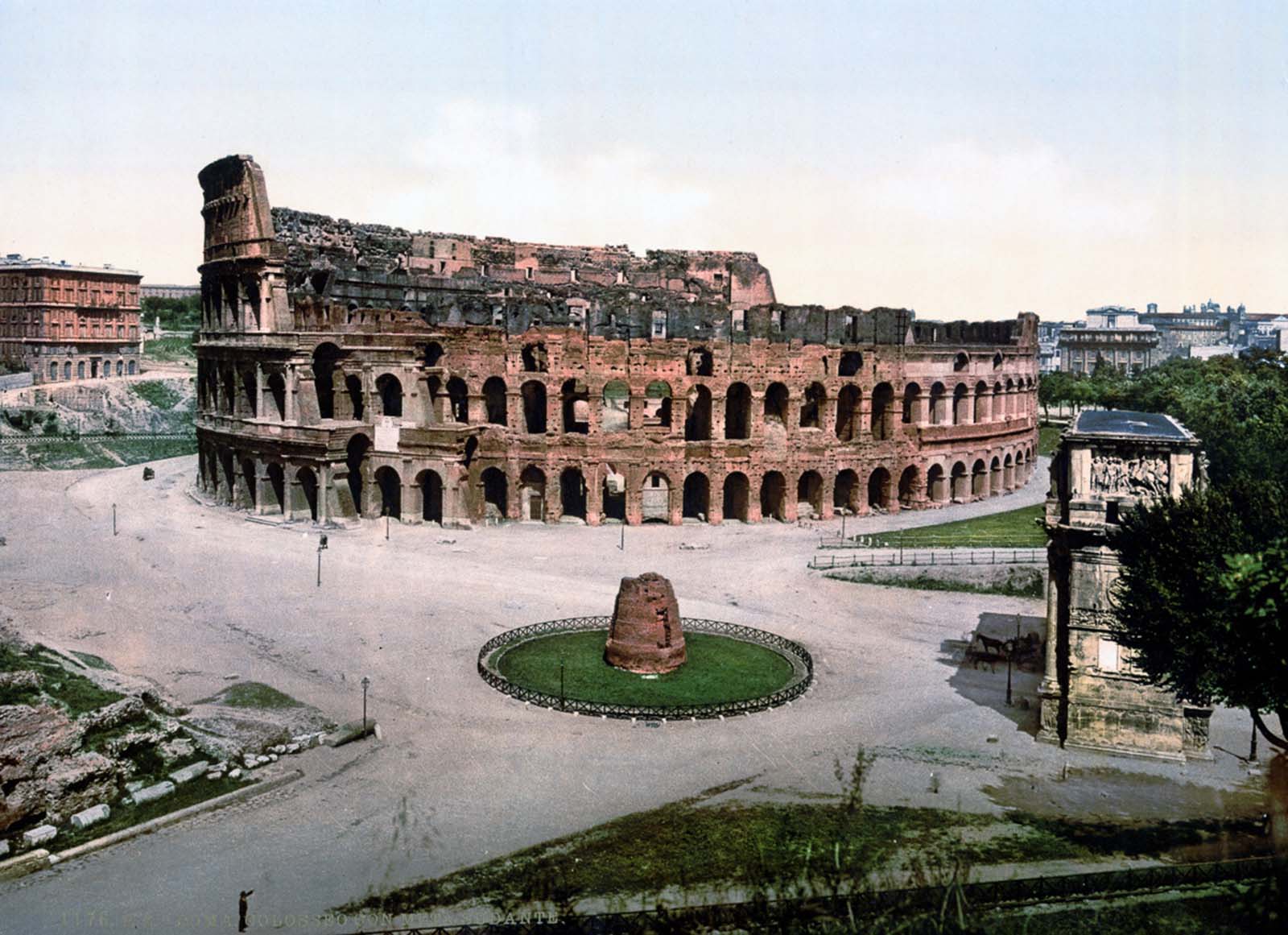

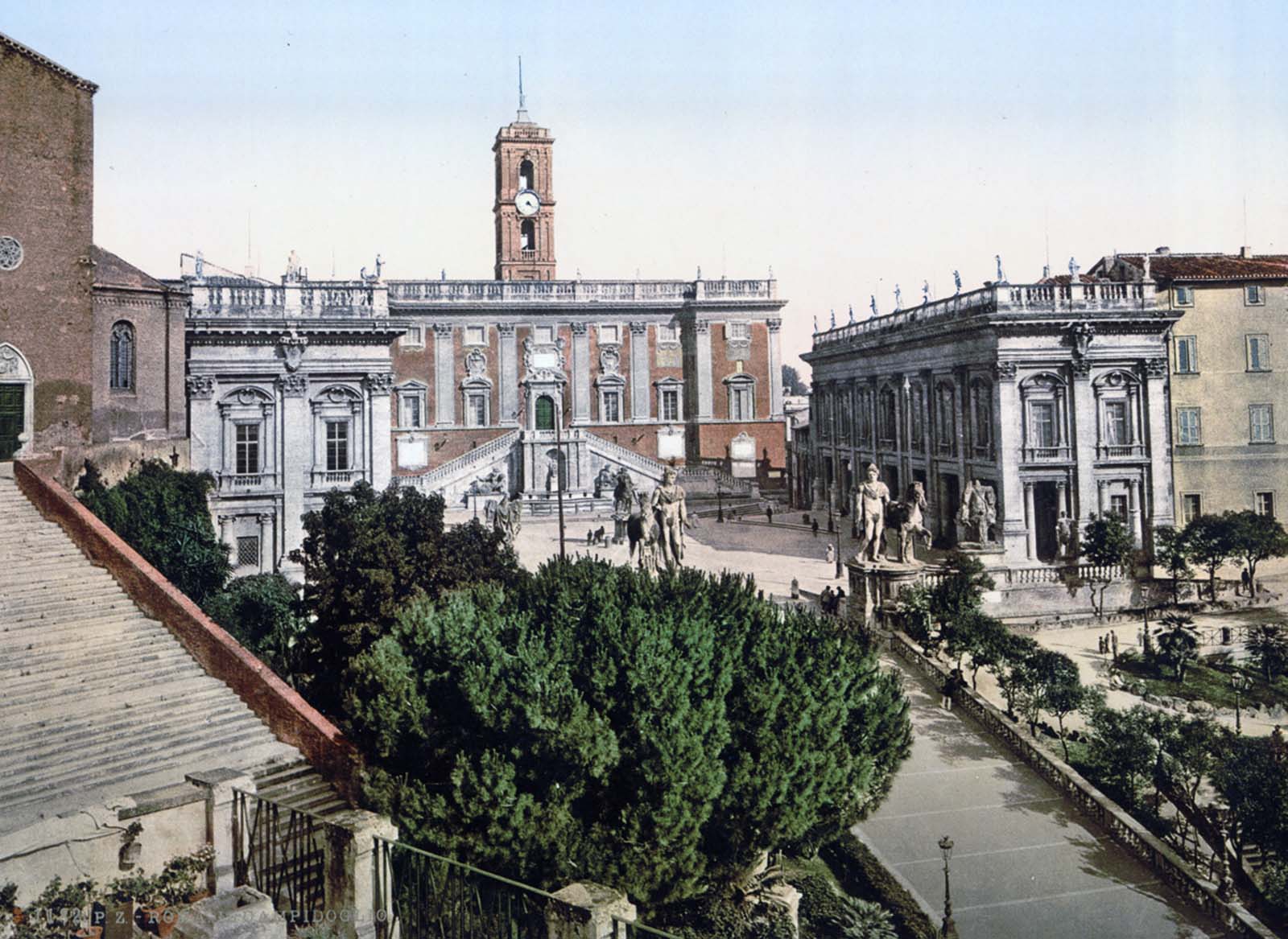
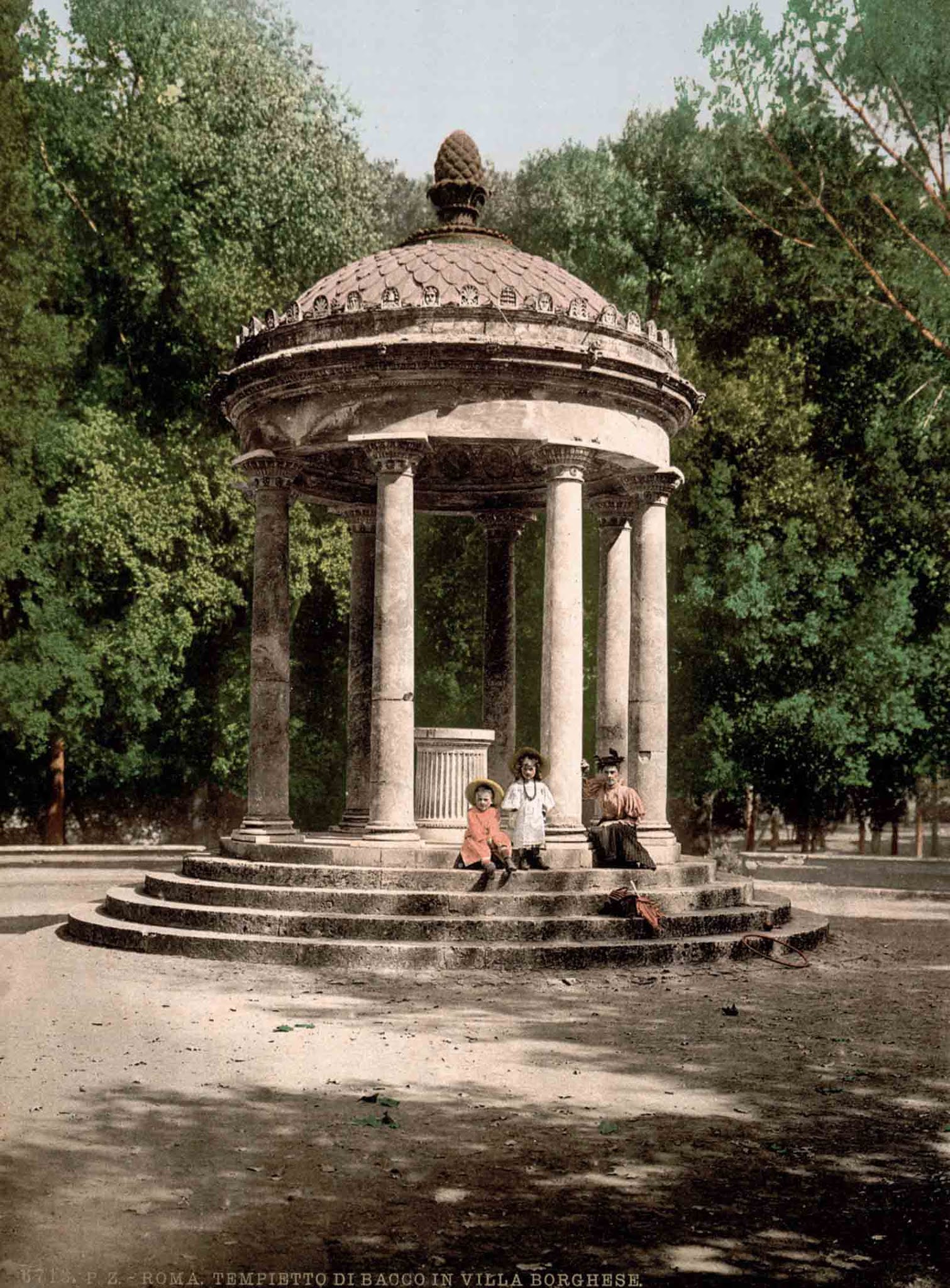
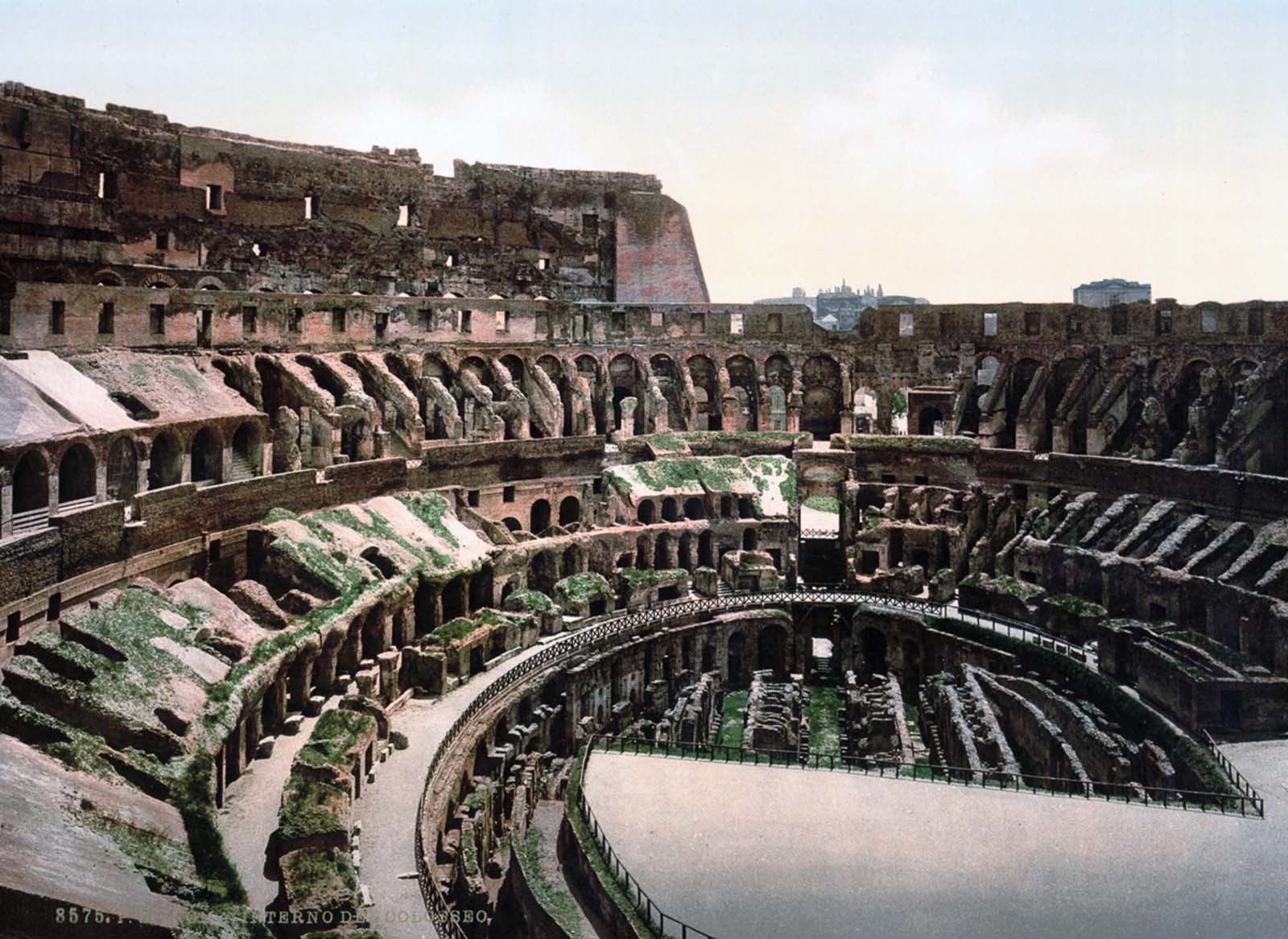
Rome as an Open-Air Museum: Art, History, and Culture in the 1890s
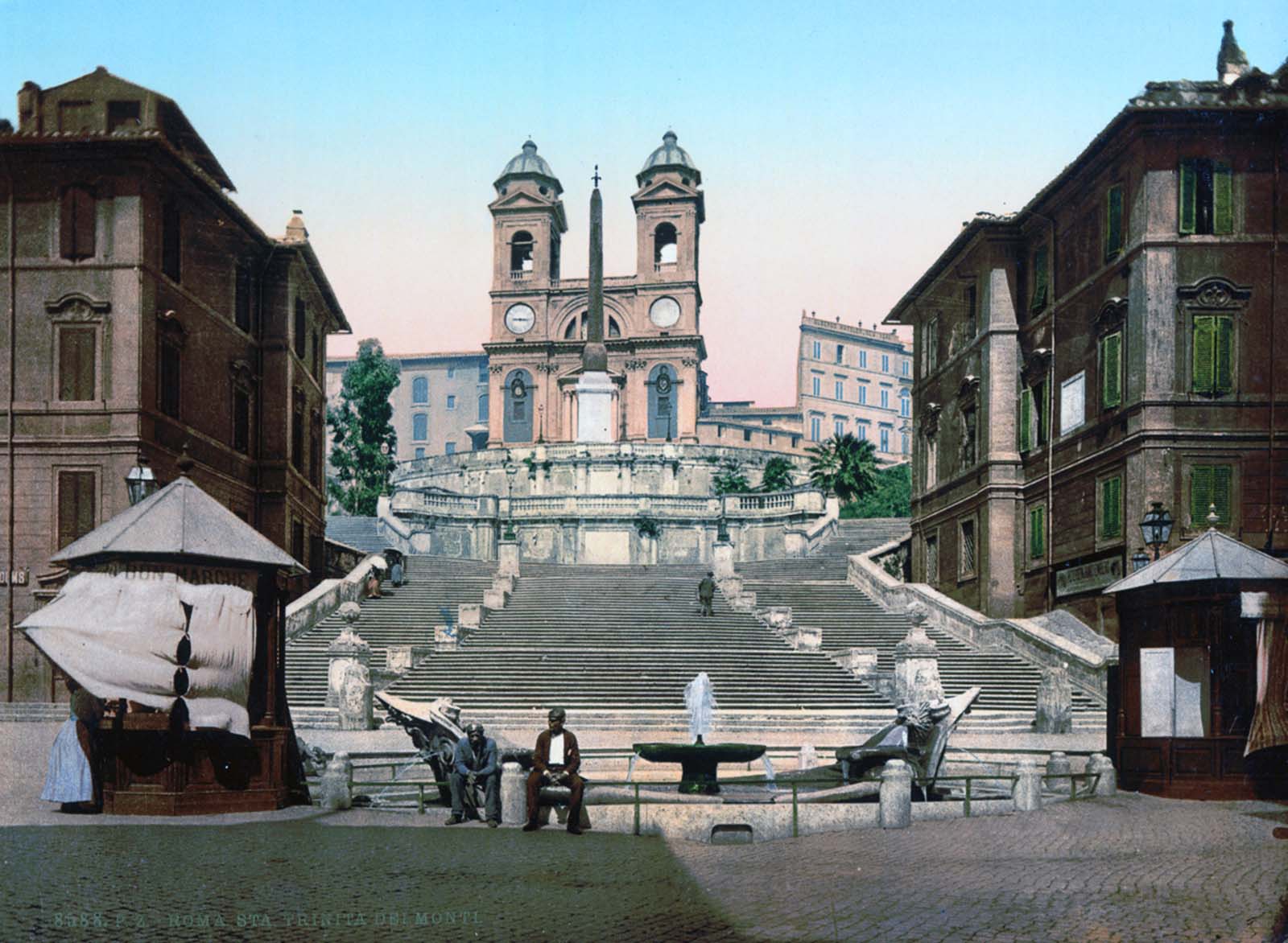
In the late 19th century, Rome was seen as a living museum—an open-air exhibit of classical antiquity, Christian history, and modern life all woven together. Artists and intellectuals flocked to Rome to immerse themselves in its history, creating reproductions of its famous monuments and studying the ancient ruins firsthand. The city was not just a place to visit; it was a living, breathing museum where the past and present existed side by side.
These photographs capture the essence of this cultural experience. Students and art lovers could engage directly with the ruins, drawing inspiration from the very monuments that shaped Western civilization. The images, with their vivid colors and intricate details, allow us to feel that connection to the past, providing a tangible link to the artists and thinkers who walked the same streets.
Video
Watch the video to find out why ancient Greek and Roman statues were always marble white! Don’t miss this fascinating exploration of art history and ancient practices.
Conclusion: The Enduring Charm of Rome’s Past and Present
The 1890s color photographs of Rome serve as a beautiful reminder of the city’s enduring appeal. These images not only highlight the city’s architectural and historical wonders but also offer a glimpse into the everyday lives of the people who lived there. As we look back on these vibrant photographs, we are reminded that the allure of Rome is timeless. Its ancient ruins continue to inspire awe and admiration, while its modern vibrancy remains a testament to its ability to blend the old with the new. Through the lens of these 19th-century images, we are able to connect with a city that continues to captivate visitors and scholars from around the world.
